Cerrar
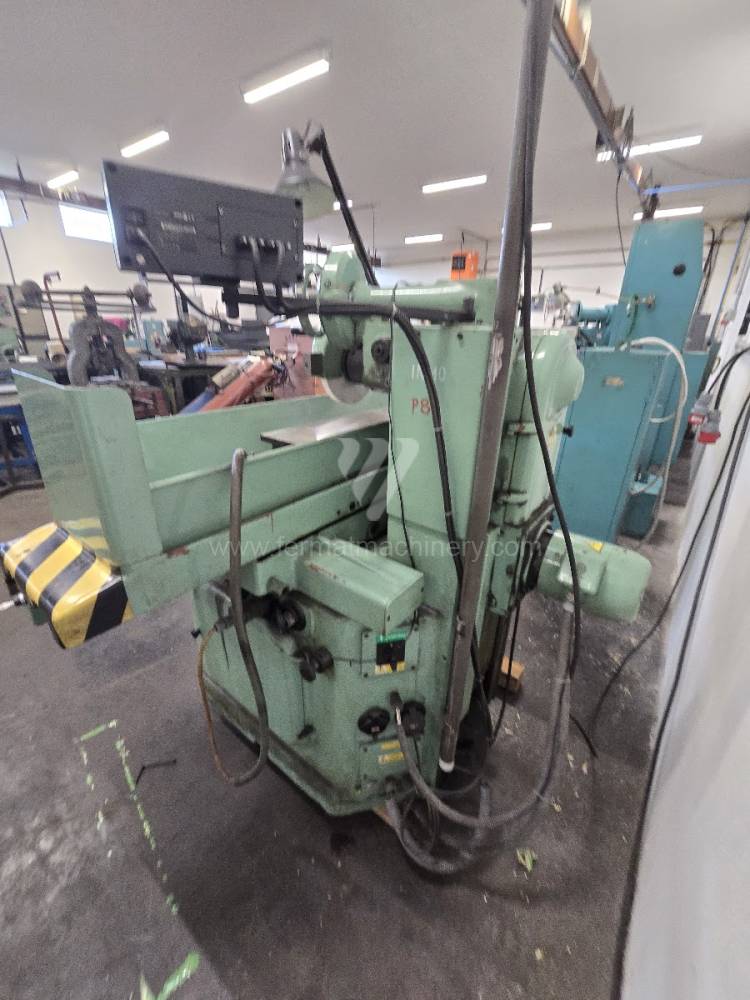
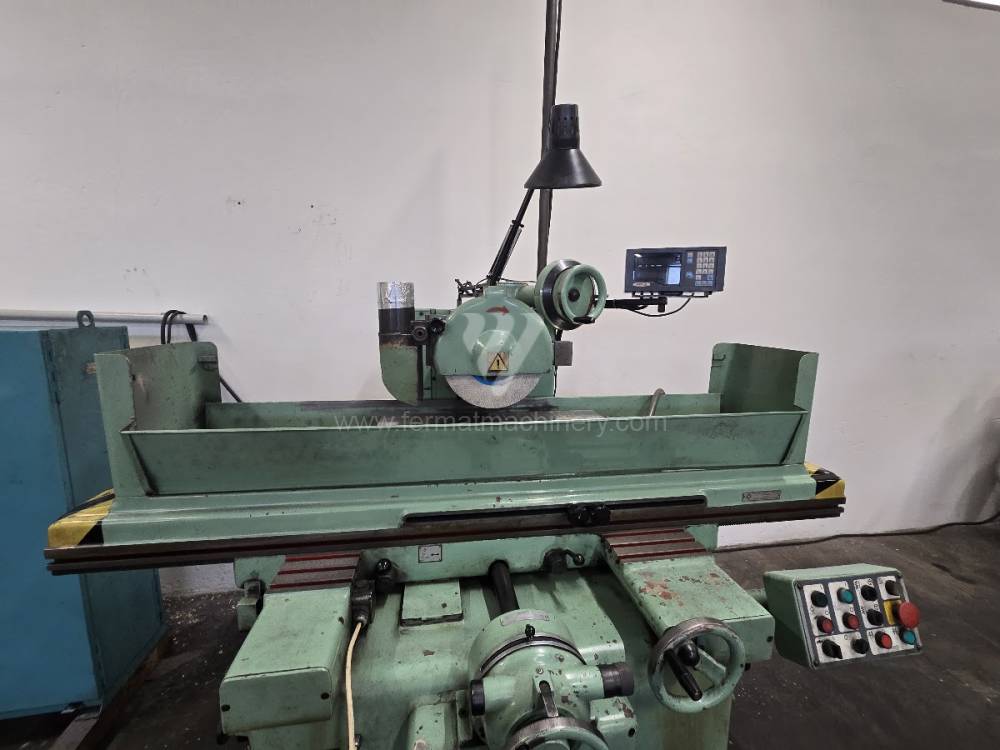
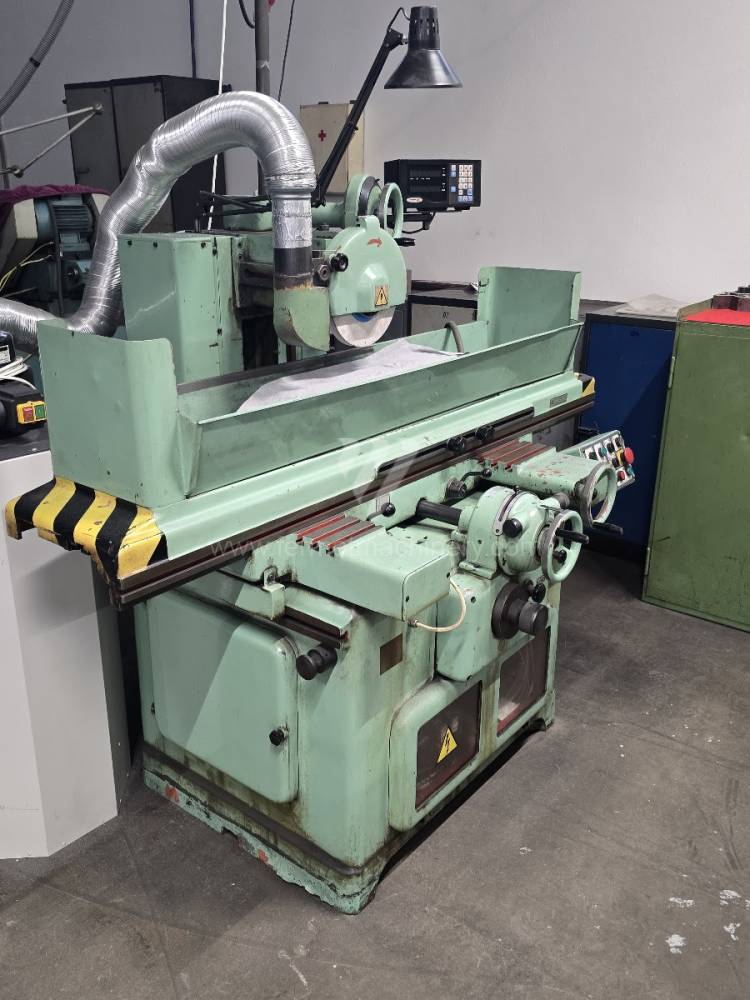
Año de fabricación:1971
Longitud máx. de rectificación: 630 mm
Máx. anchura de rectificado: 230 mm
Máx. altura pieza mecanizada: 350 mm
Alojamiento de husillo: Horizontální
Peso de la máquina: 1600 kg
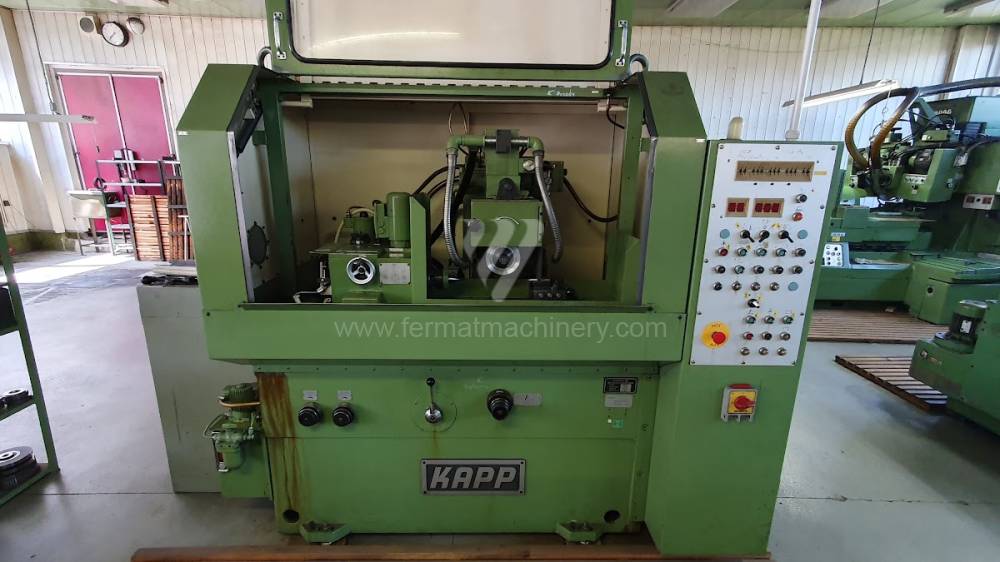
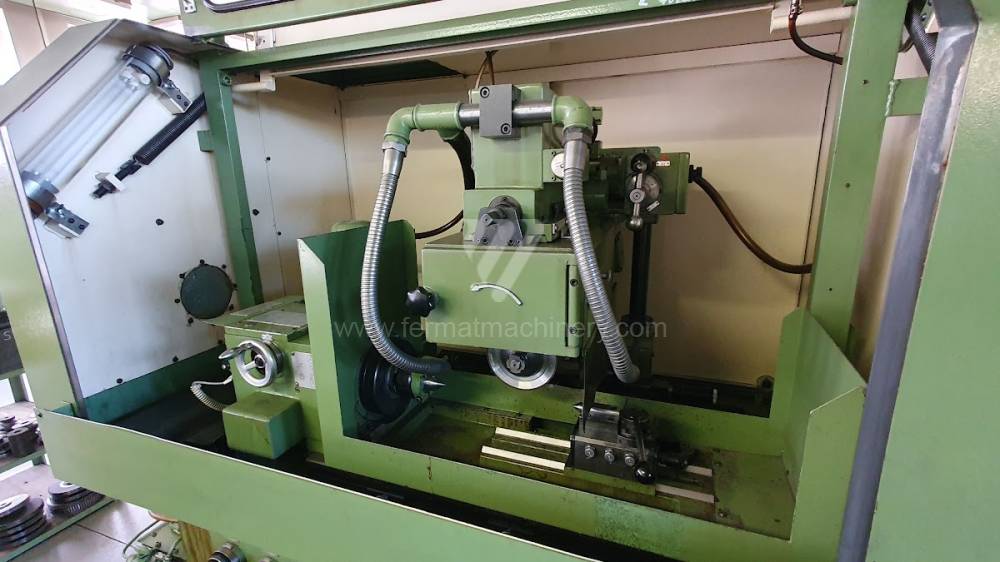
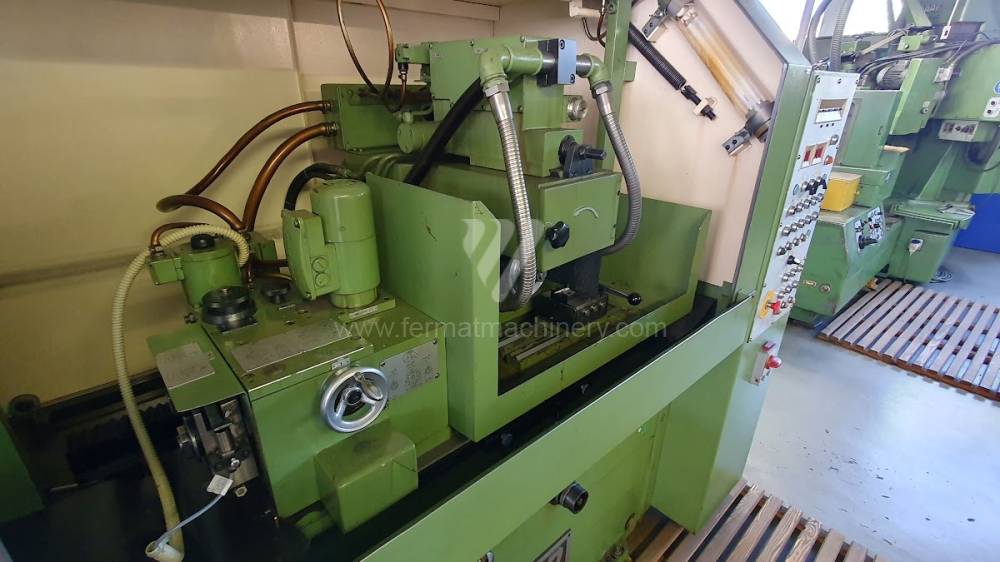
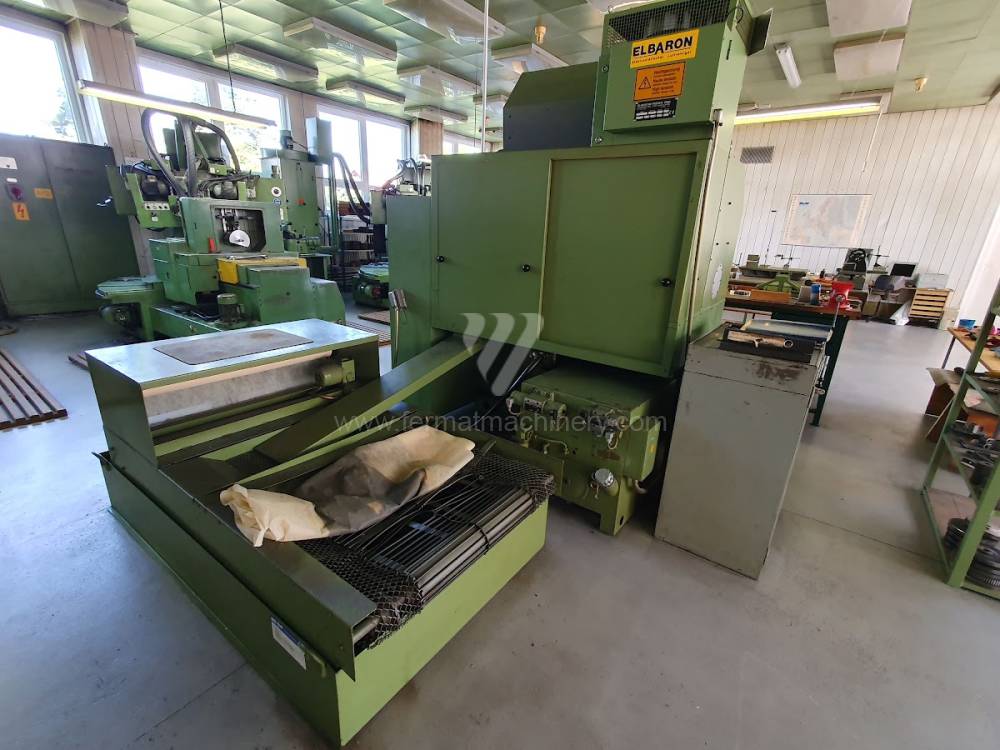
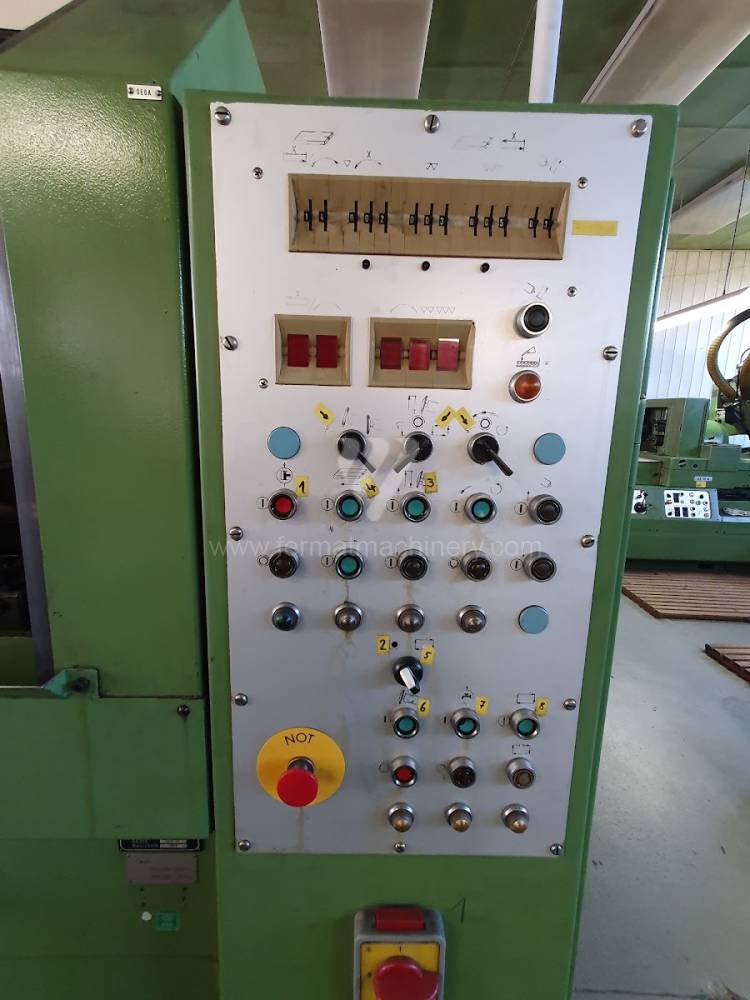
Año de fabricación:1979
Diámetro máx. de rectificado: 200 mm
Longitud máx. de rectificación: 315 mm
Peso de la máquina: 2000 kg
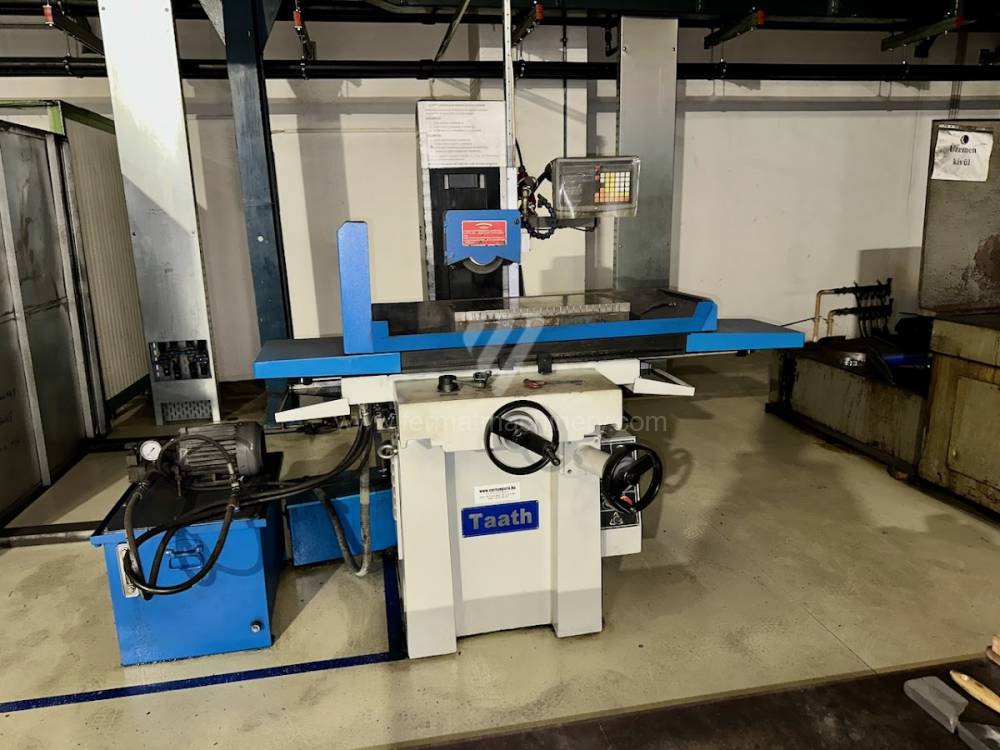
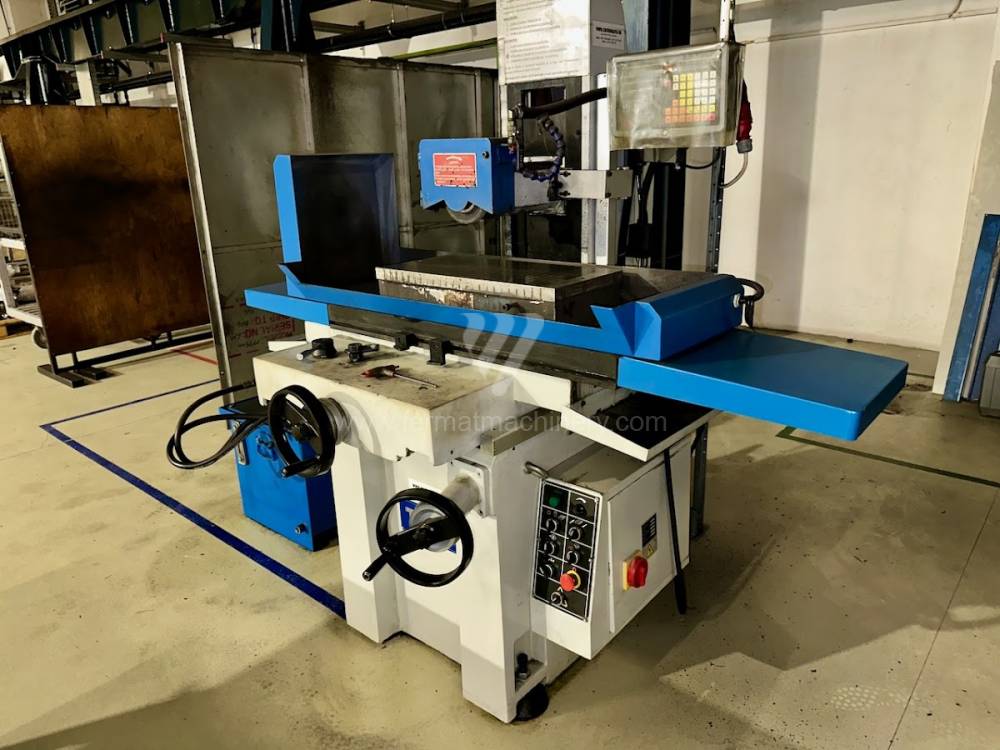
Año de fabricación:2018
Longitud máx. de rectificación: 550 mm
Máx. anchura de rectificado: 250 mm
Máx. altura pieza mecanizada: mm
Alojamiento de husillo: Horizontální
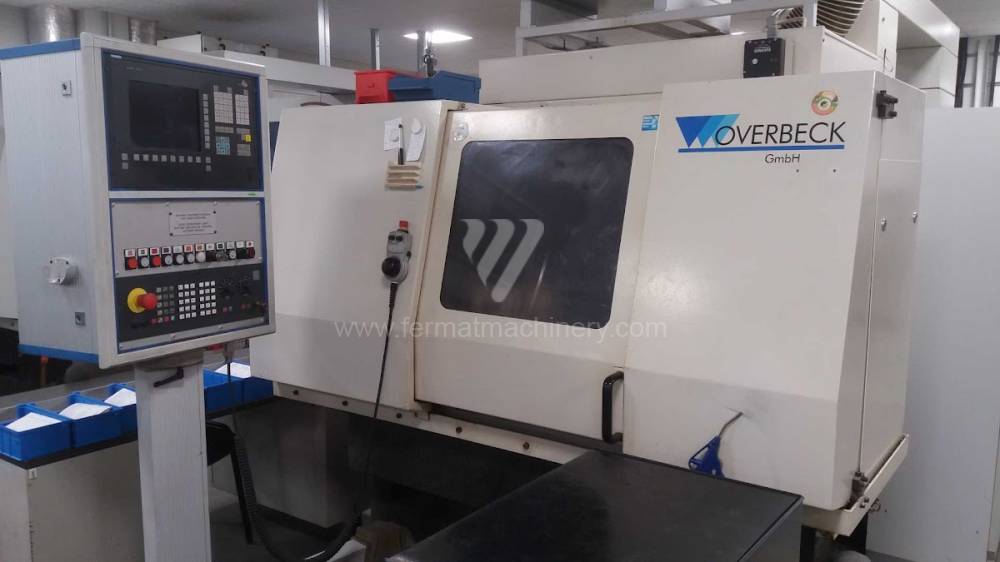
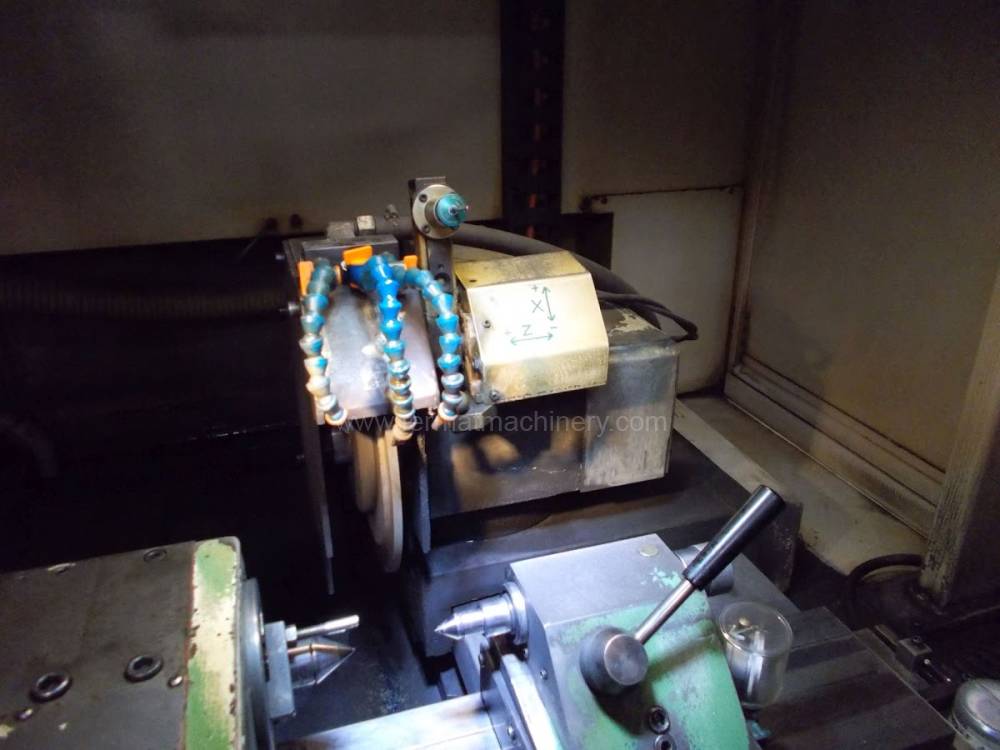
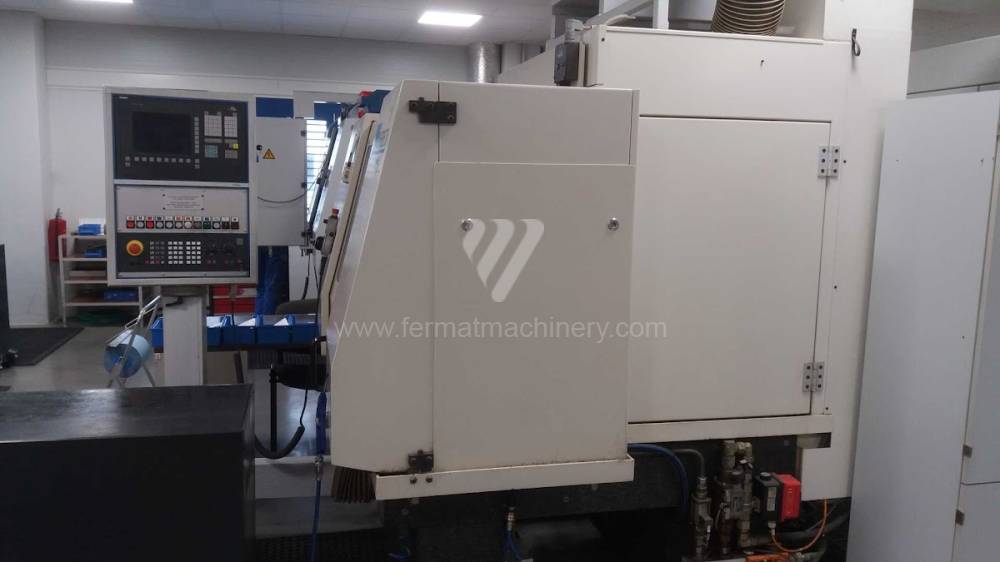
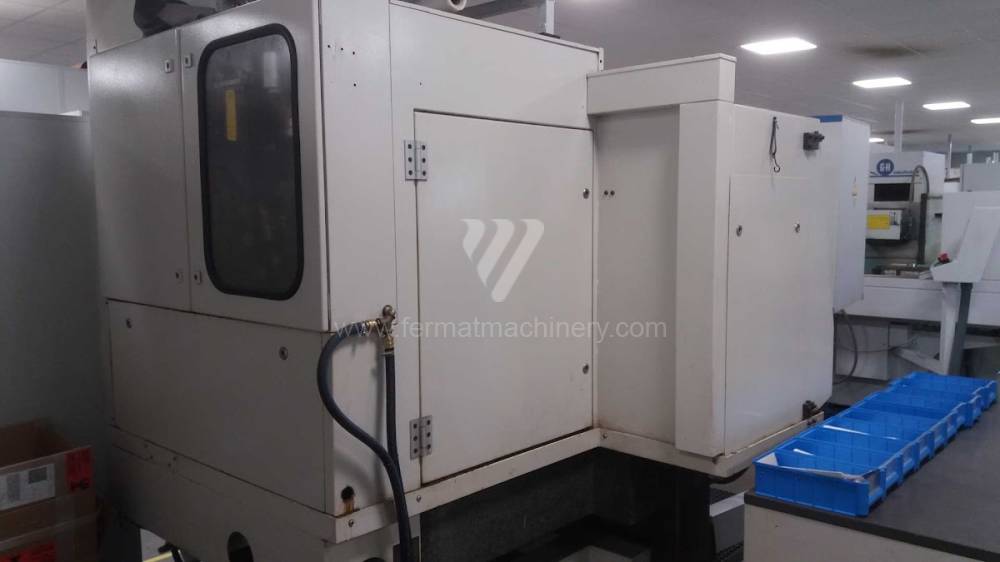
Año de fabricación:2002
Sistema de control Siemens: Sinumerik 840 D
Diámetro máx. de rectificado: 200 mm
Longitud máx. de rectificación: 400 mm
Máx. peso pieza mecanizada: 80 kg
Equipo para rectificado interno: No
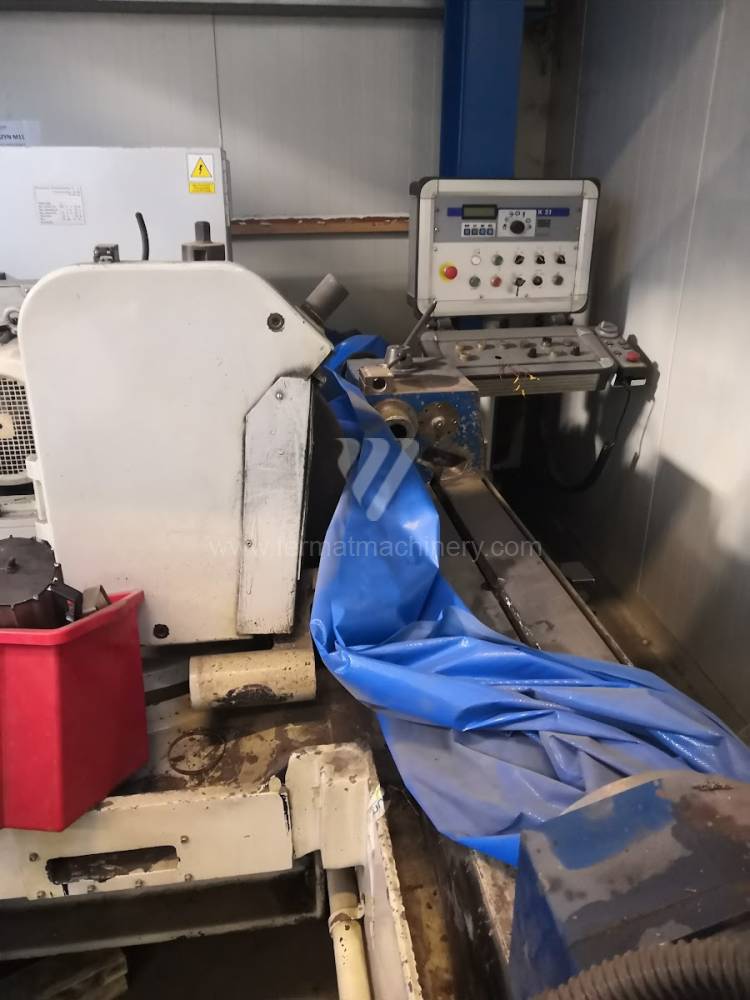
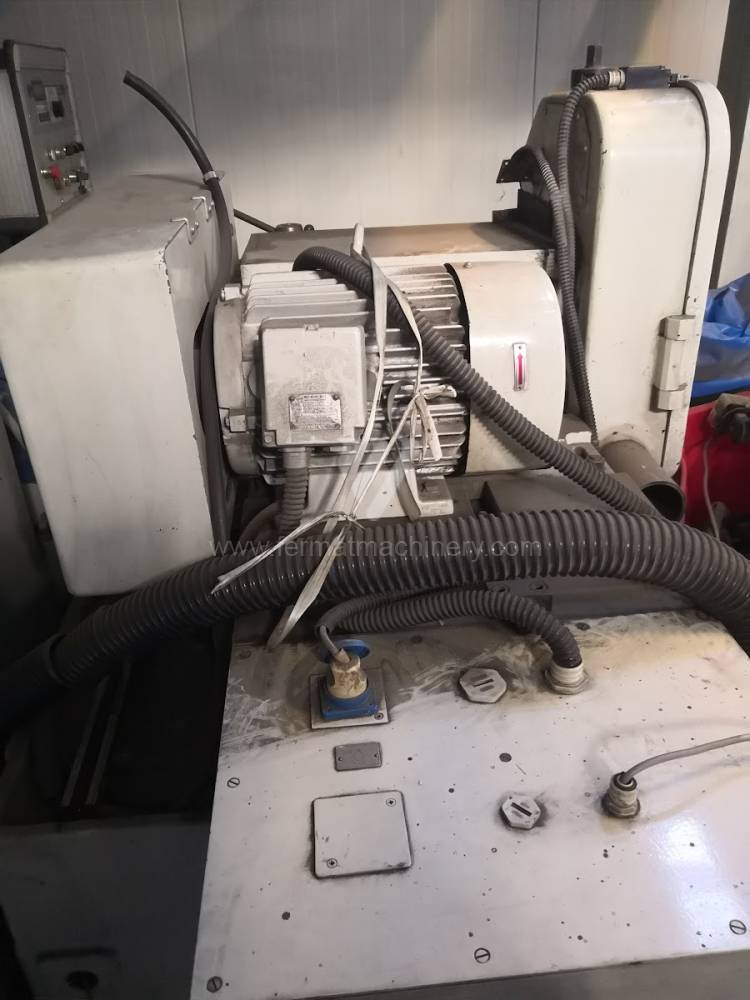
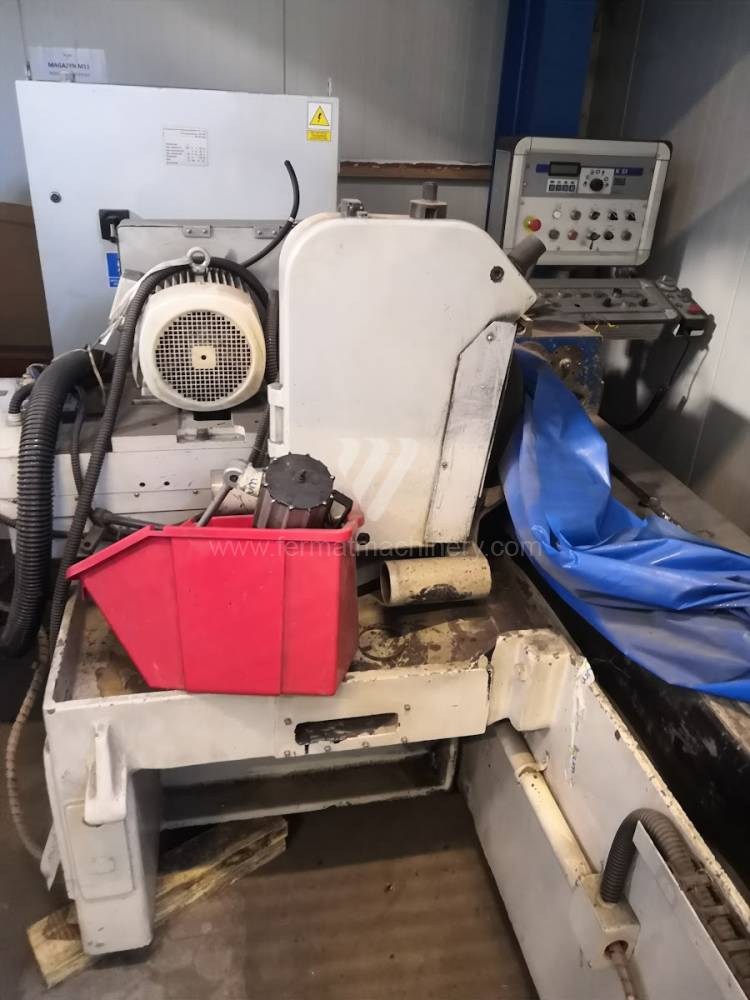
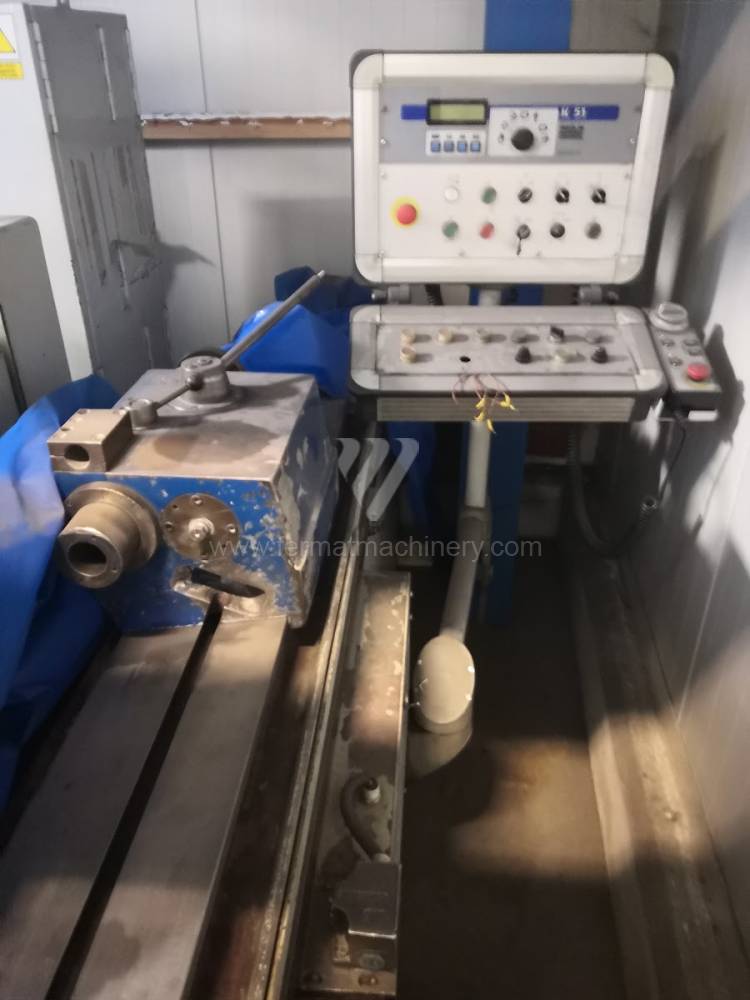
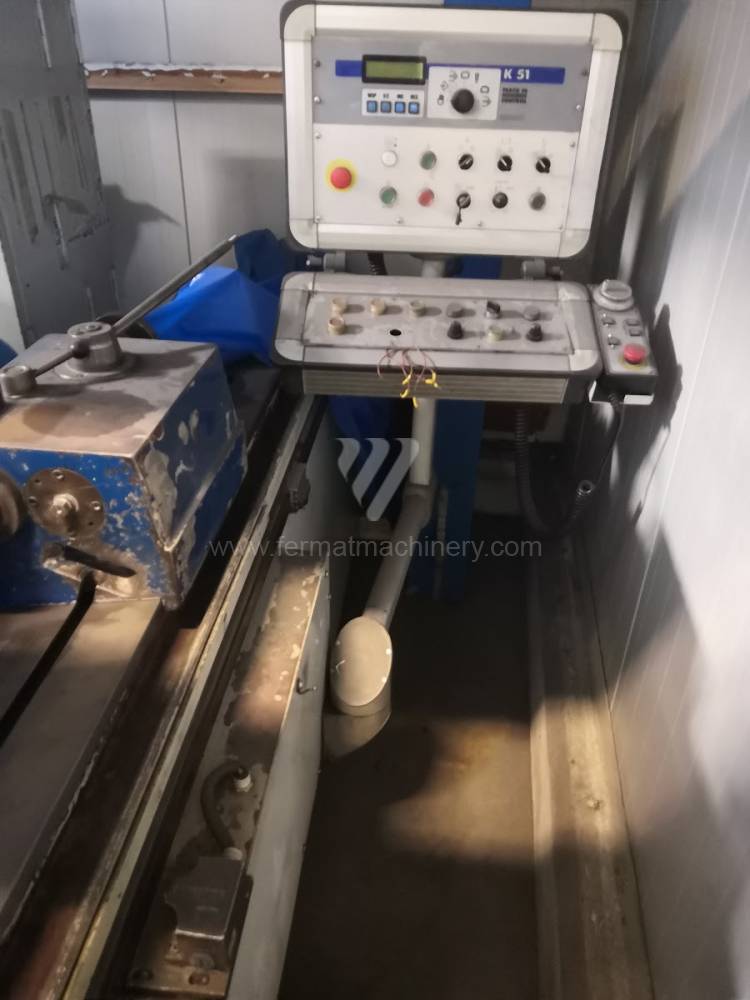
Año de fabricación:1995
Sistema de control Kavalír: K51-1
Diámetro máx. de rectificado: 320 mm
Longitud máx. de rectificación: 1500 mm
Máx. peso pieza mecanizada: 300 kg
Equipo para rectificado interno: Sí
Diámetro máx. de la rueda de rectificado: 450 mm
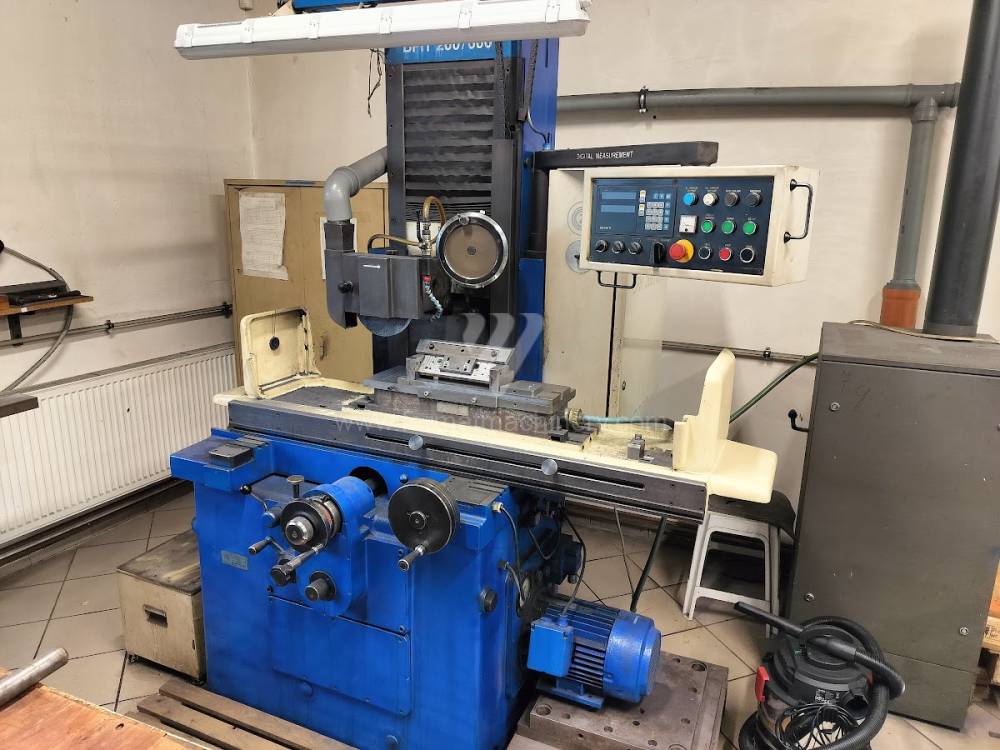
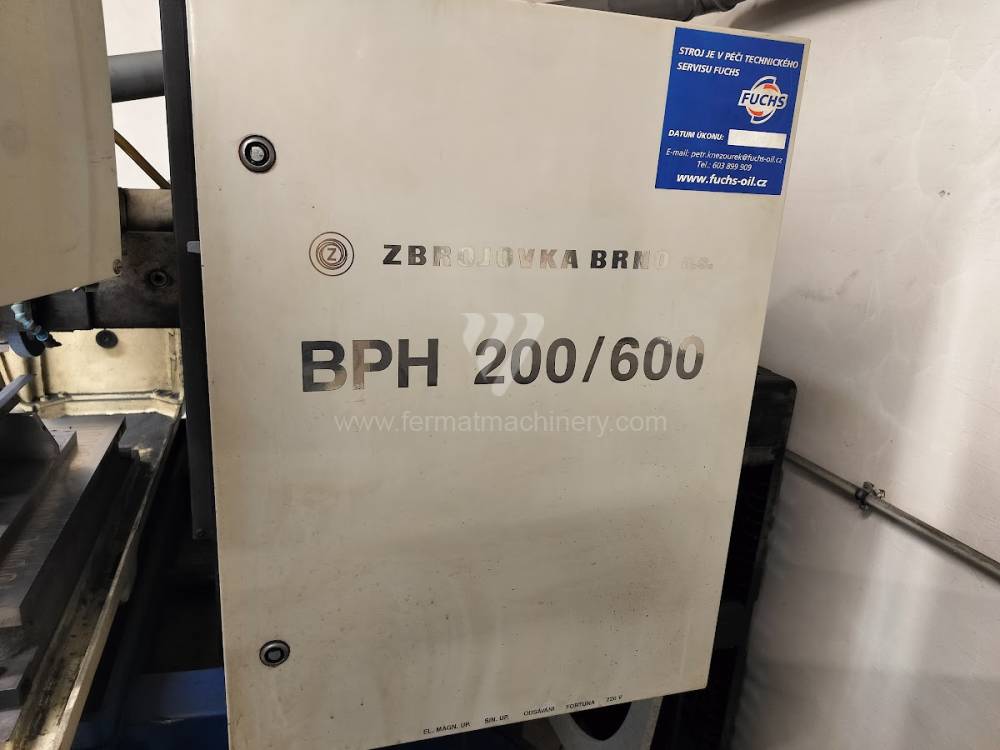
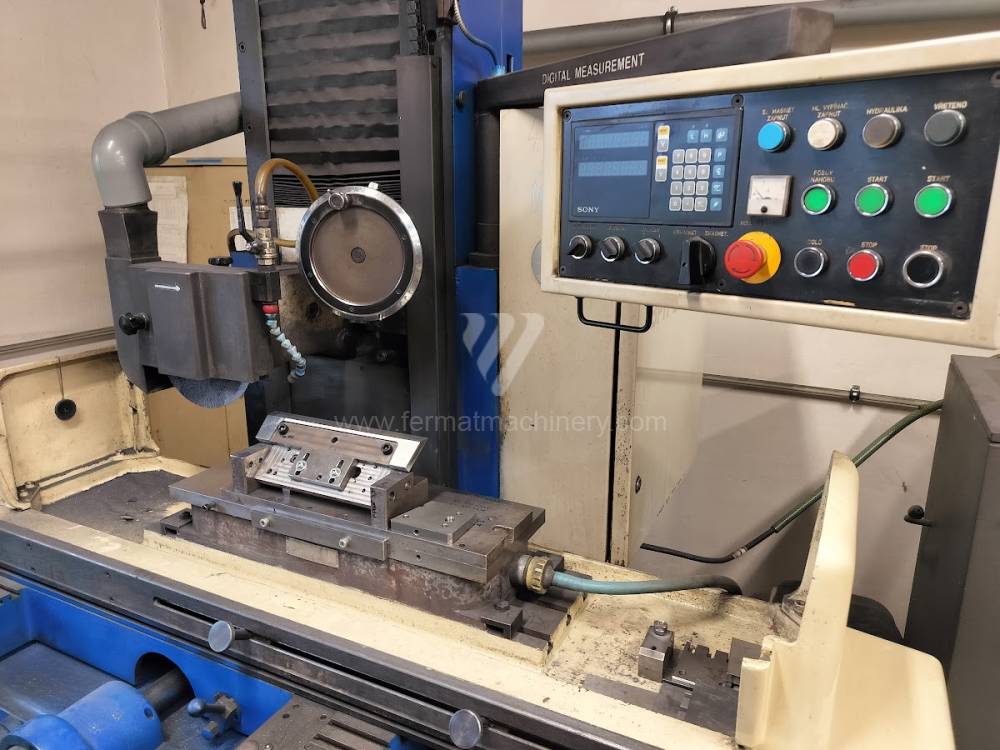
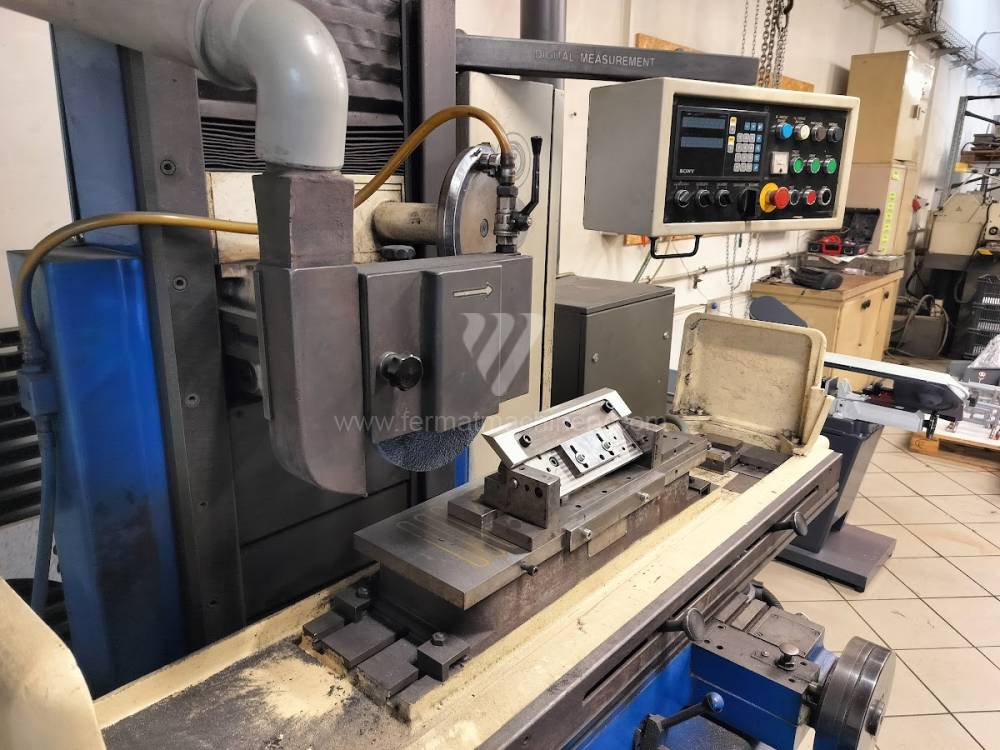
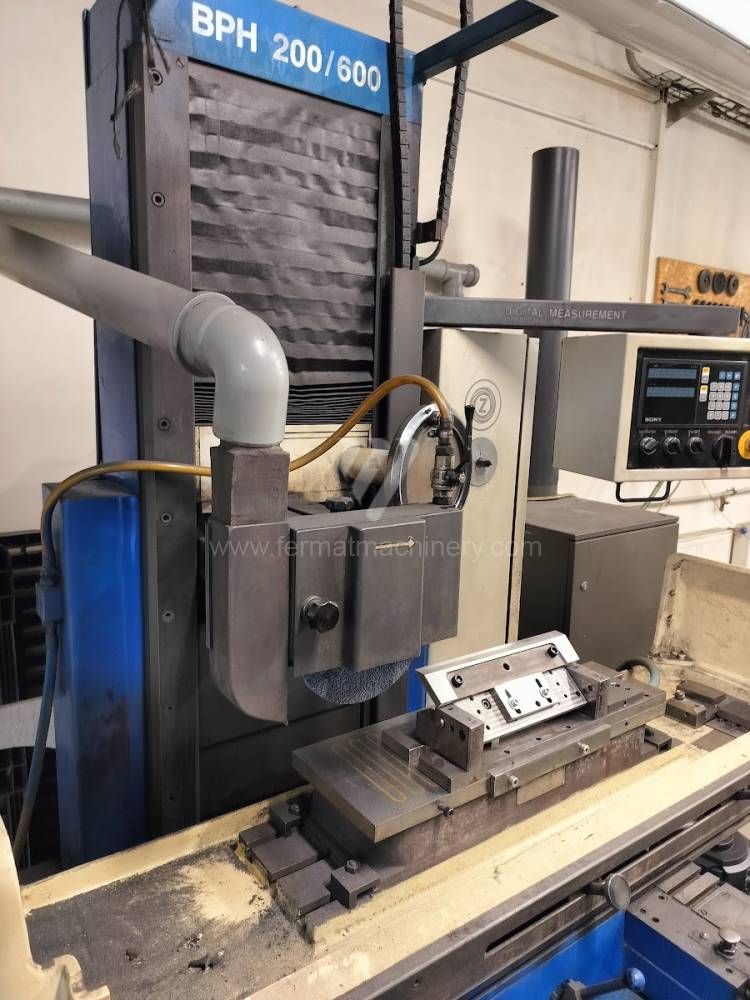
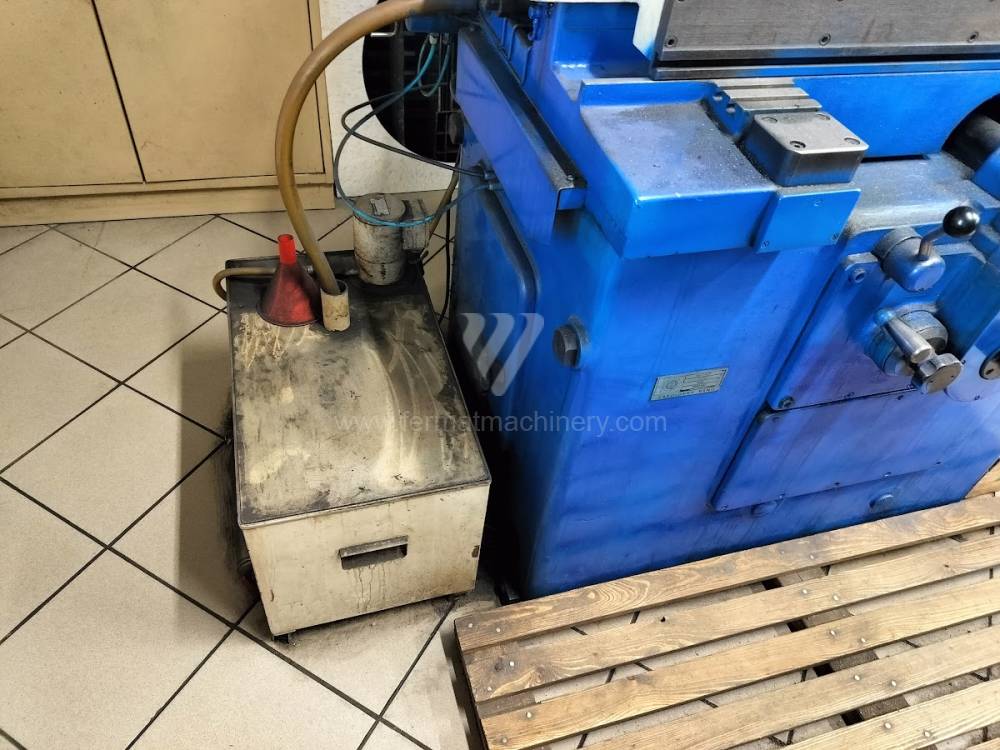
Longitud máx. de rectificación: 650 mm
Máx. anchura de rectificado: 230 mm
Máx. altura pieza mecanizada: 600 mm
Alojamiento de husillo: Horizontální
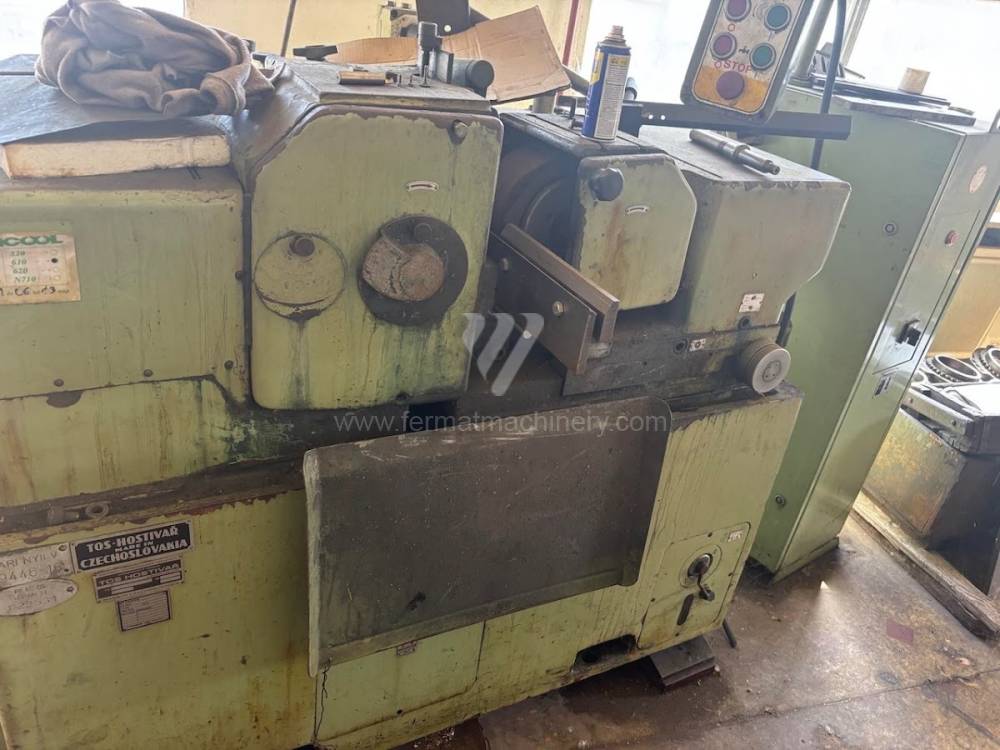
Año de fabricación:1986
Diámetro máx. de rectificado: 63 mm
Longitud máx. de rectificación: 220 mm
Diámetro mín. de rectificado: 3 mm
Revoluciones del husillo de rectificado: 0 - 2200 /min
Potencia del motor eléctrico principal: 7,5 kW
Dimensiones largo x ancho x alto: 1710x1940 mm
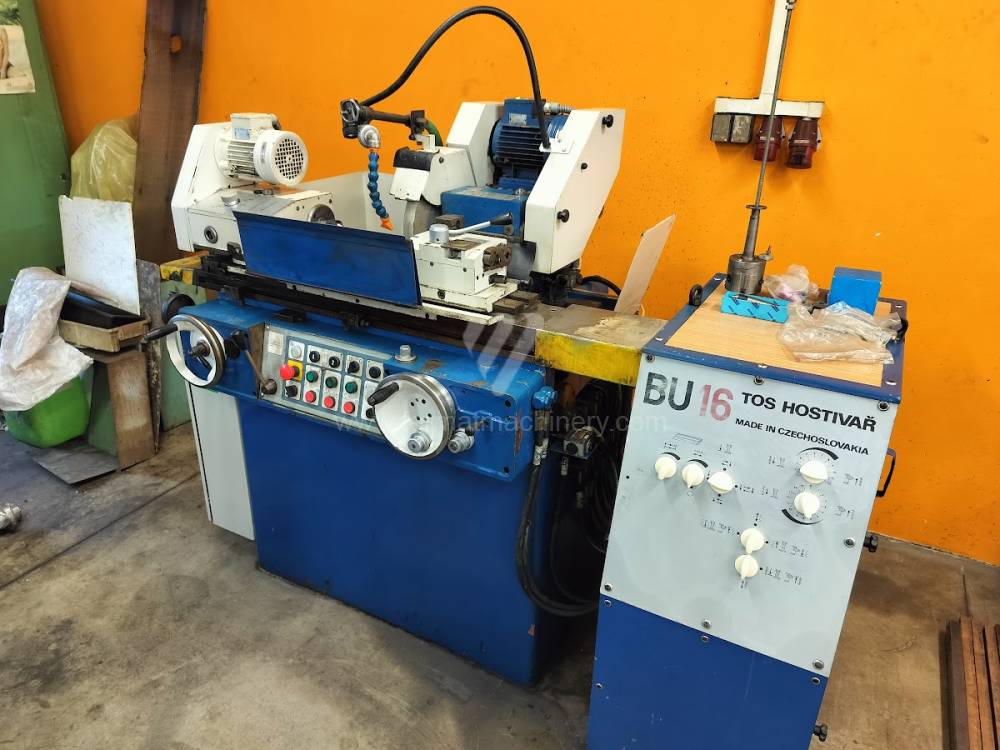
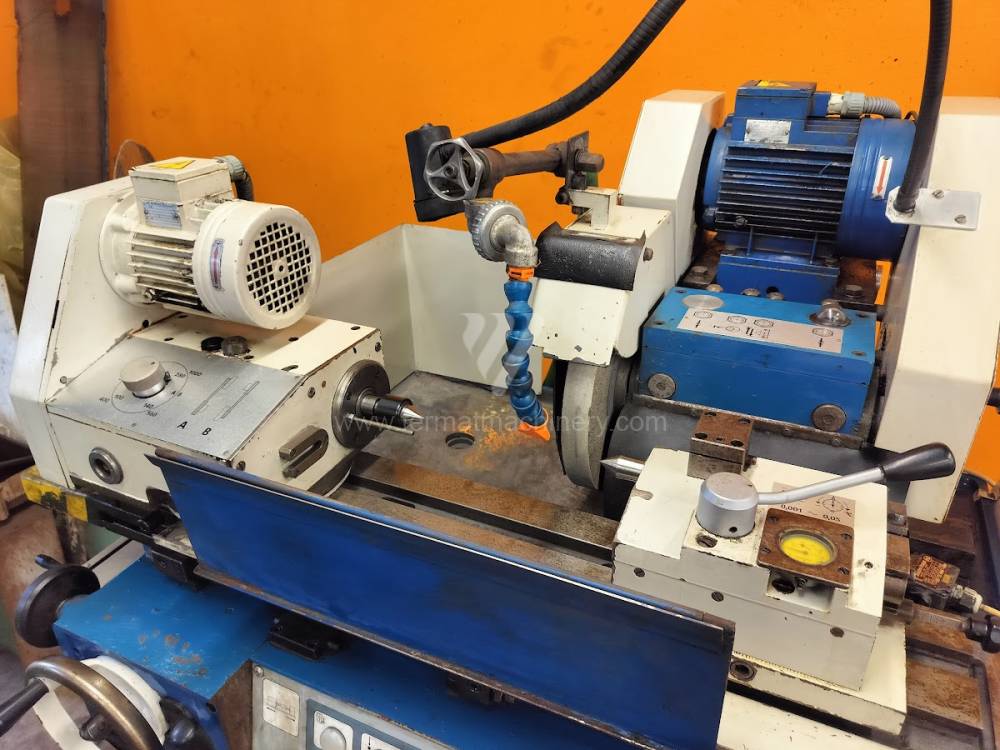
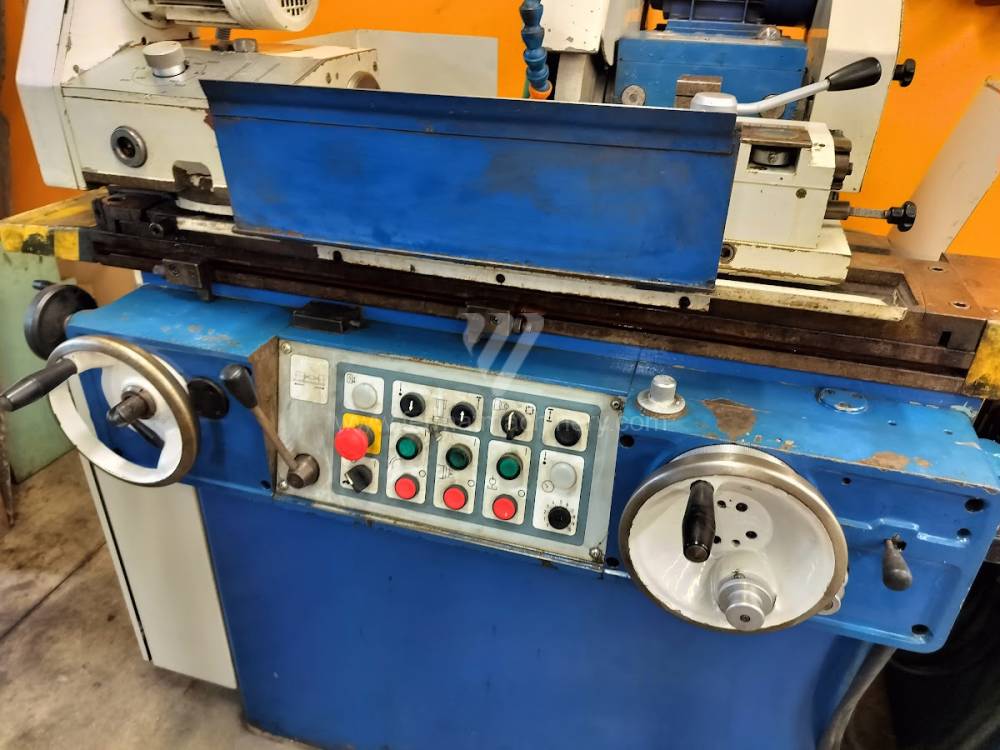
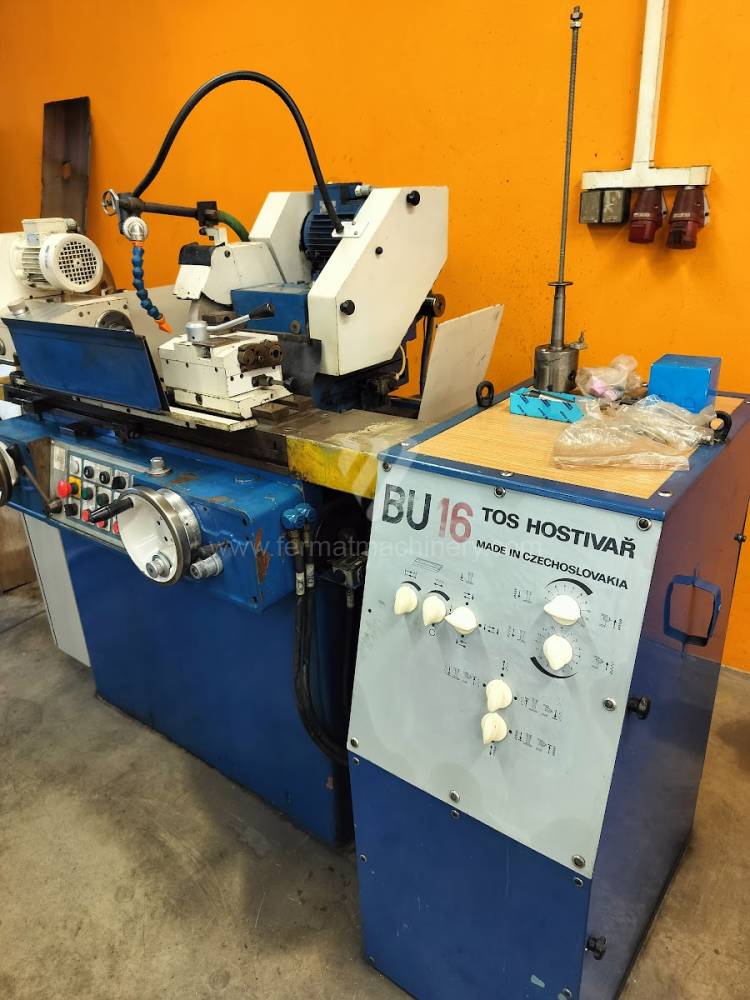
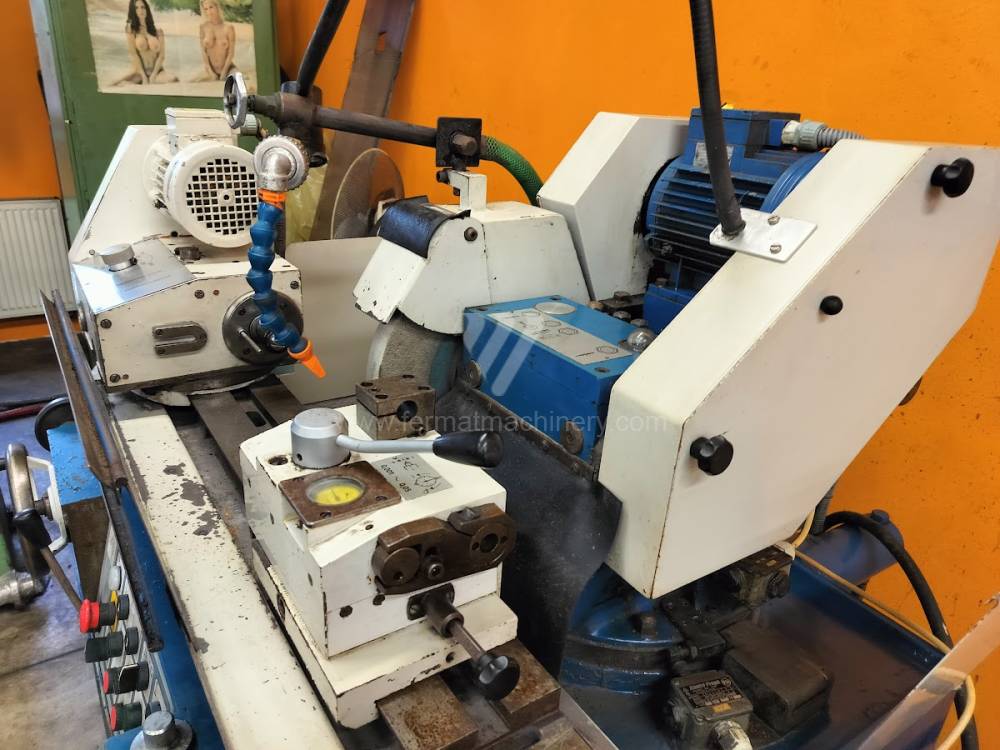
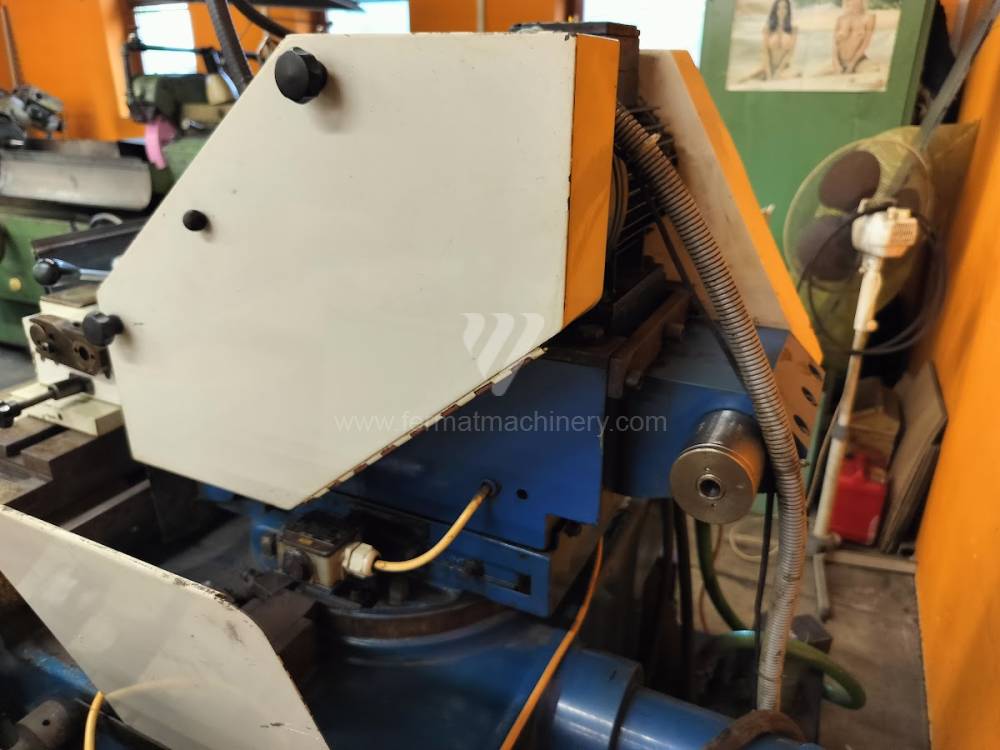
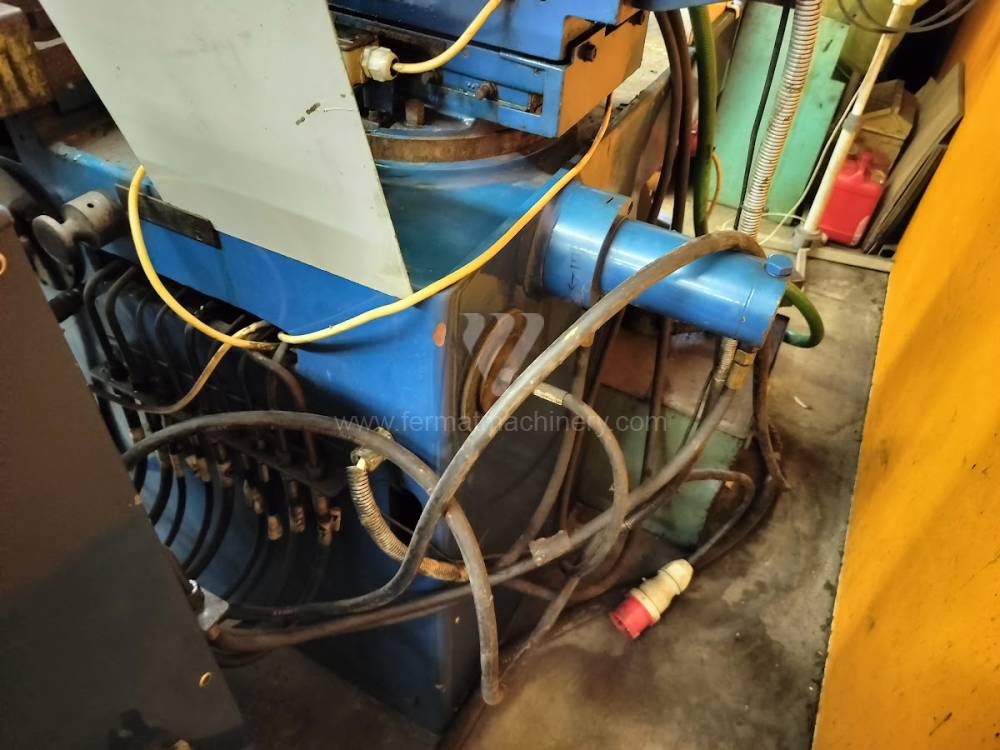
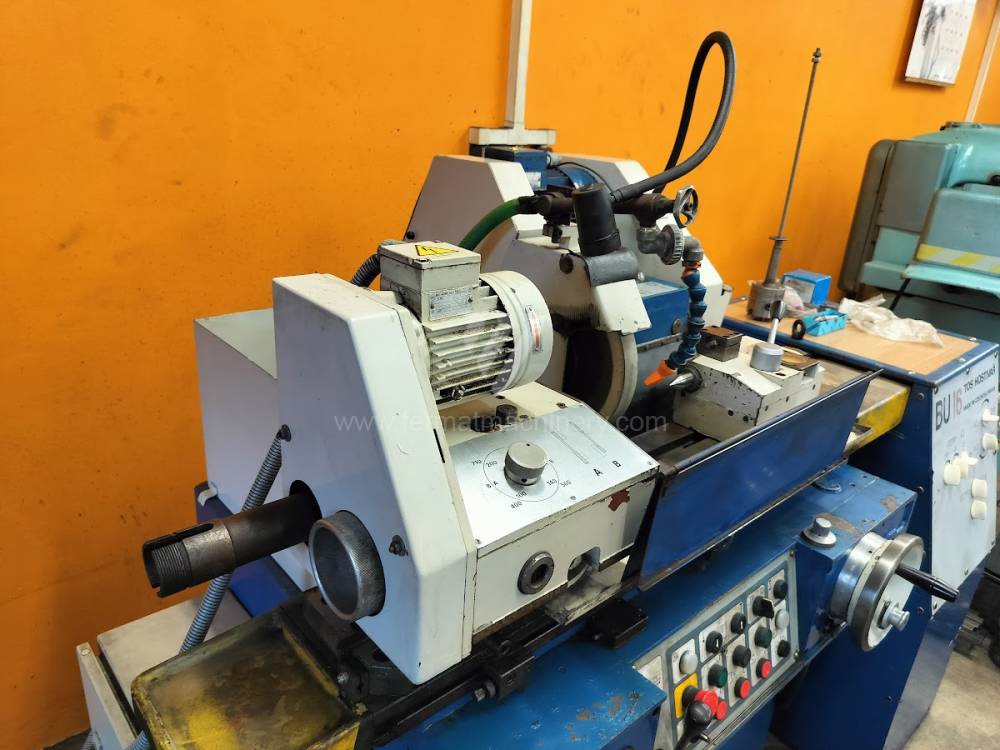
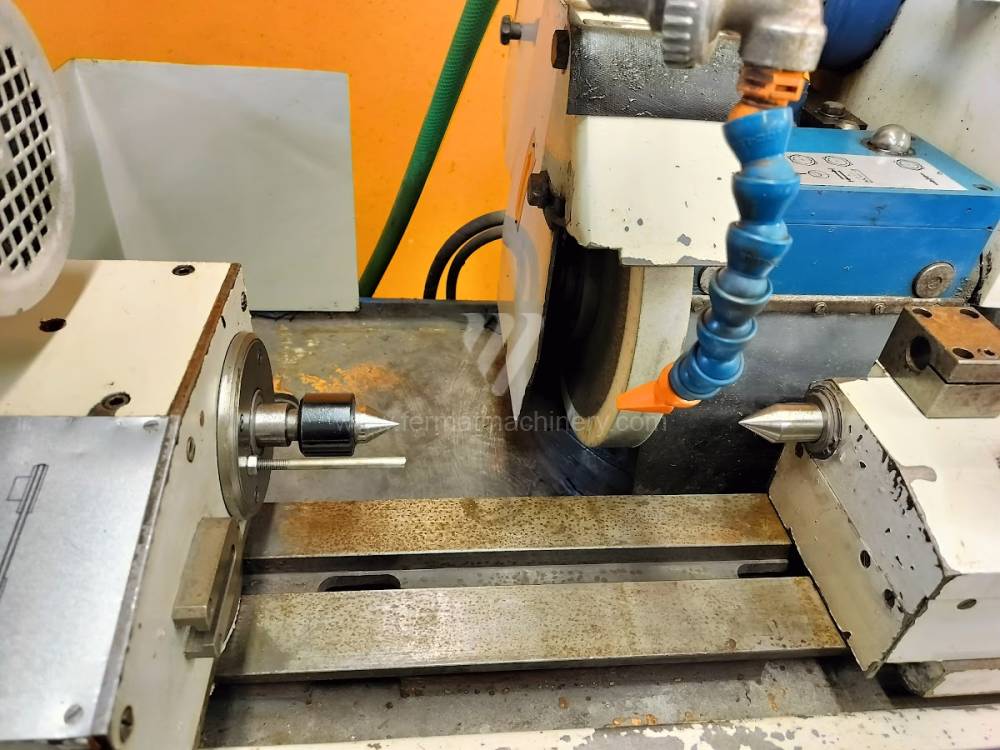
Diámetro máx. de rectificado: 160 mm
Longitud máx. de rectificación: 320 mm
Máx. peso pieza mecanizada: 25 kg
Equipo para rectificado interno: Sí
Cono sujetador del husillo: Morse 3 .
Giros del husillo: 0 - 2812 /min.
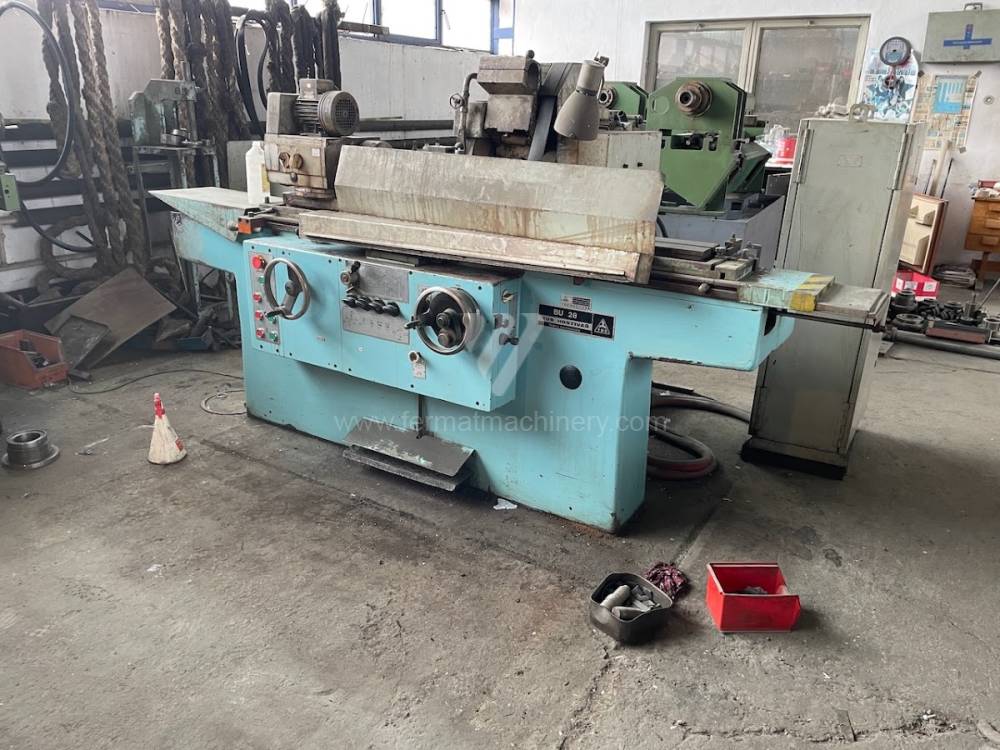
Diámetro máx. de rectificado: 295 mm
Longitud máx. de rectificación: 1000 mm
Máx. peso pieza mecanizada: 60 kg
Equipo para rectificado interno: Sí
Potencia del motor eléctrico principal: 6,6 kW
Dimensiones largo x ancho x alto: 2800x1450x1480 mm
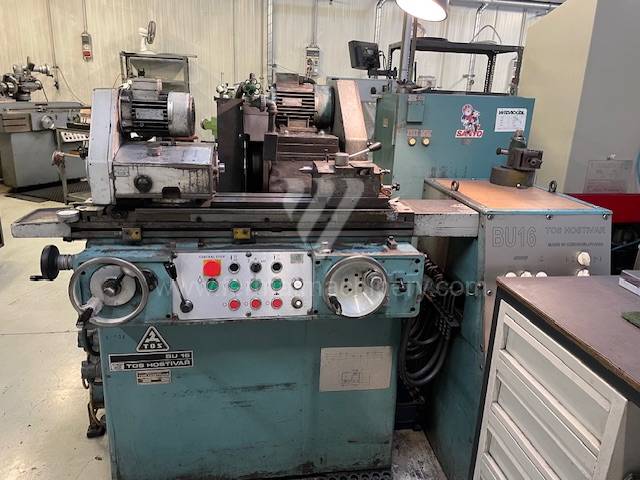
Año de fabricación:1988
Diámetro máx. de rectificado: 160 mm
Longitud máx. de rectificación: 320 mm
Máx. peso pieza mecanizada: 25 kg
Equipo para rectificado interno: No
Cono sujetador del husillo: Morse 3 .
Giros del husillo: 0 - 2812 /min.
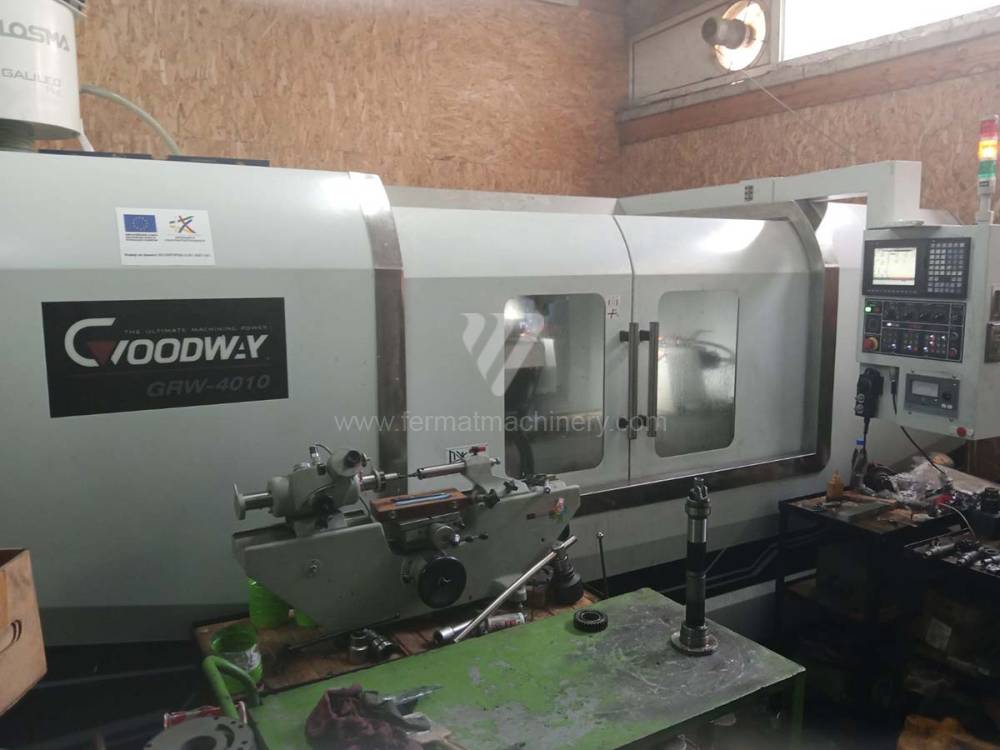
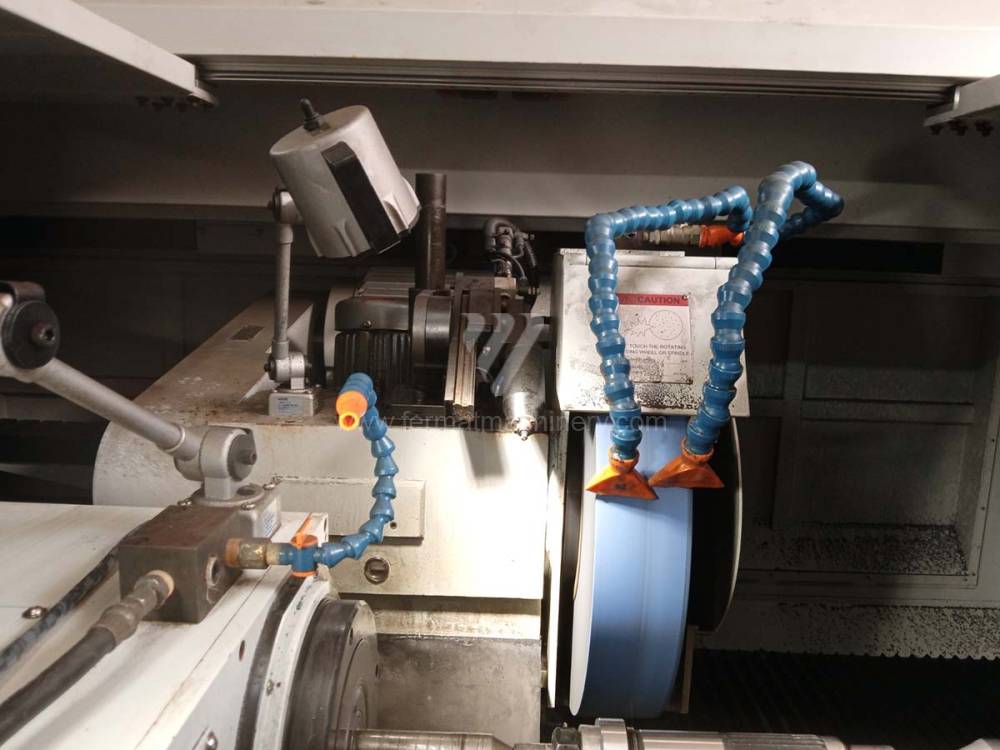
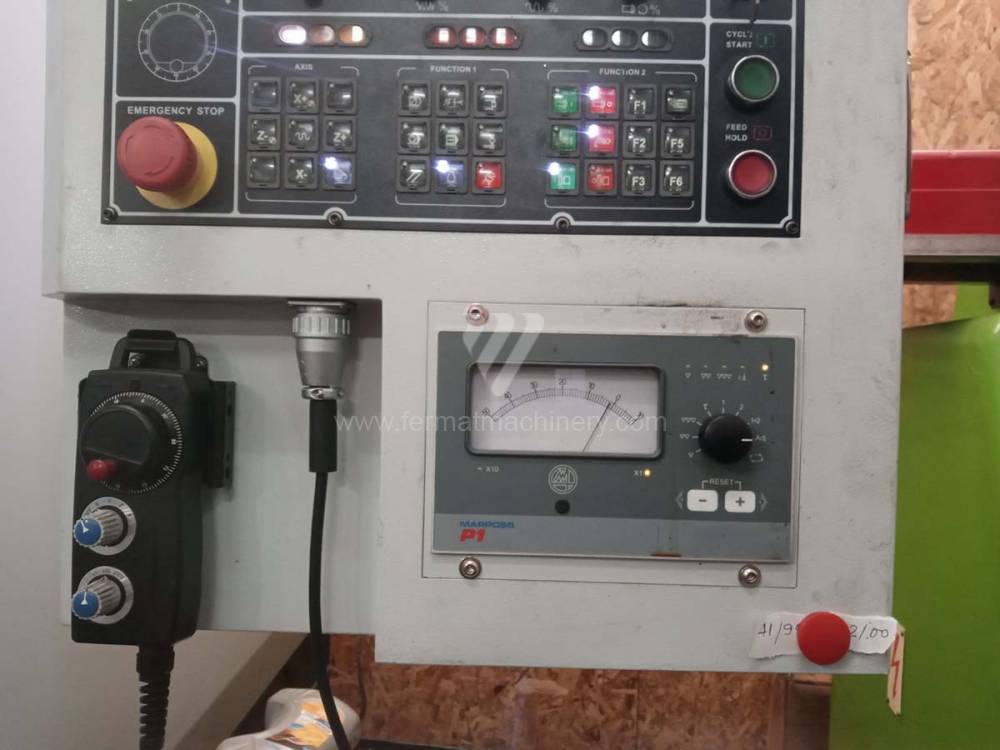
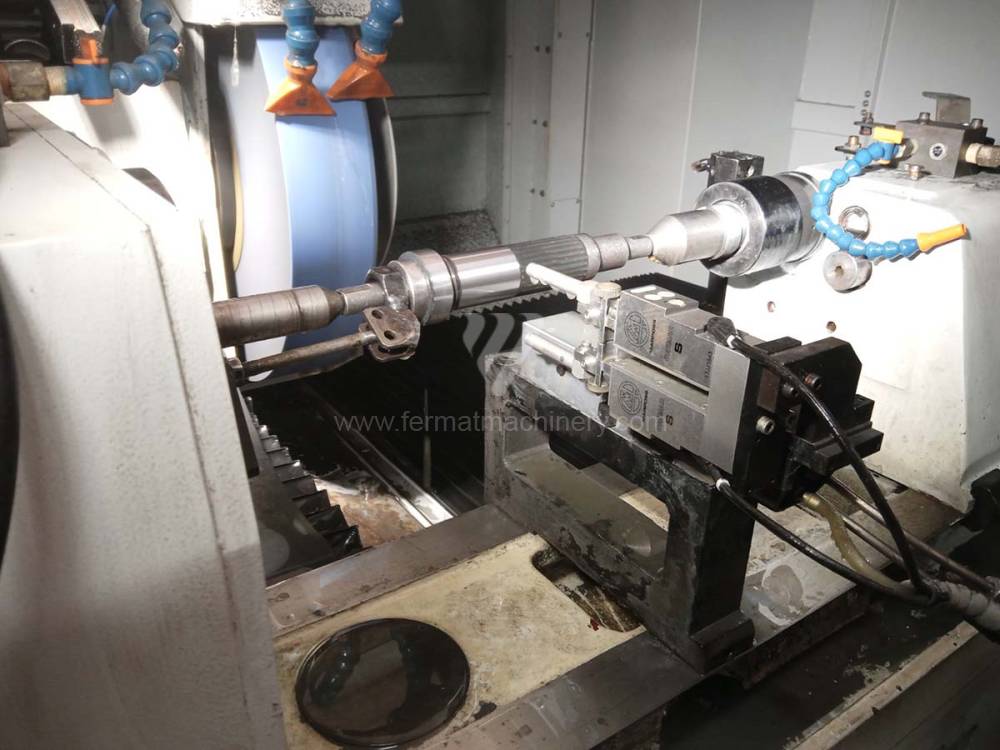
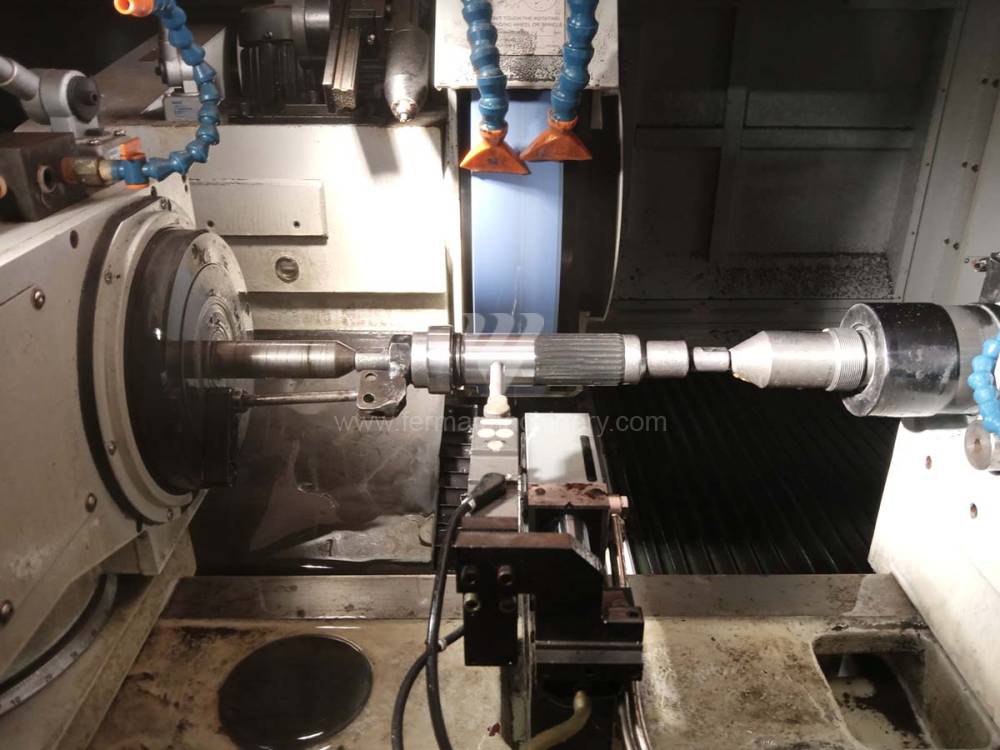
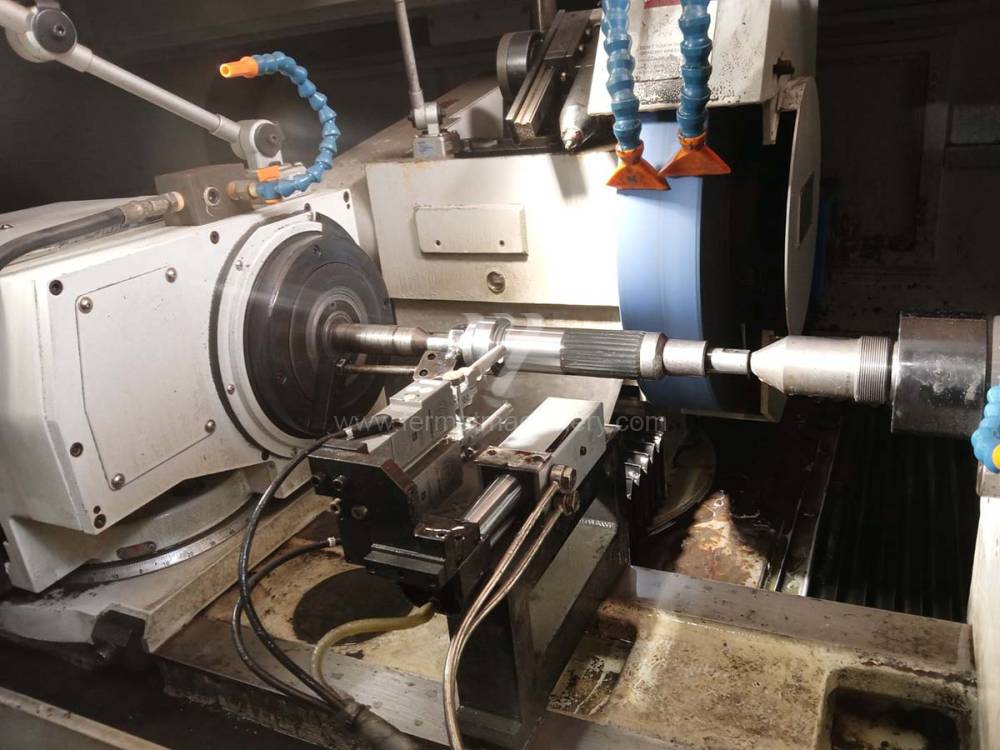
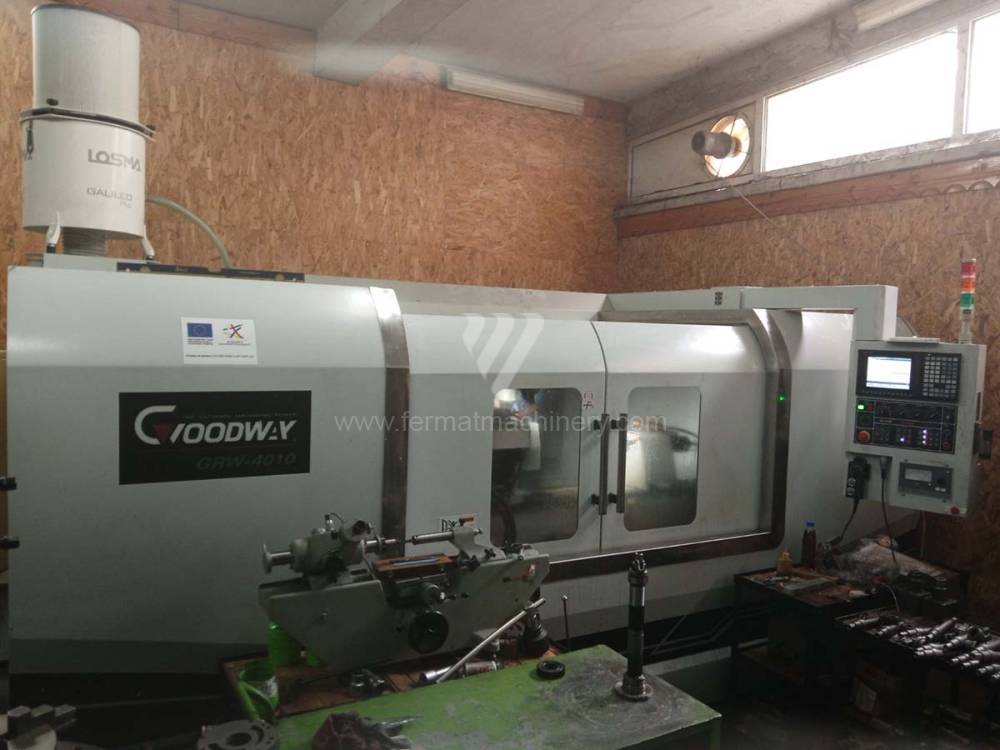
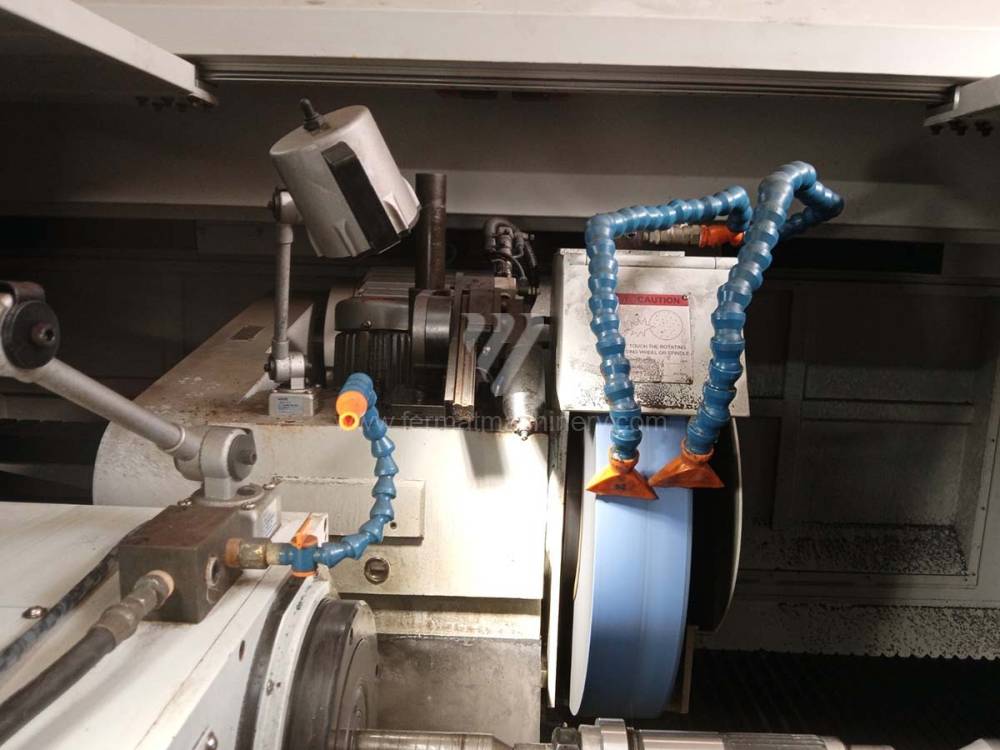
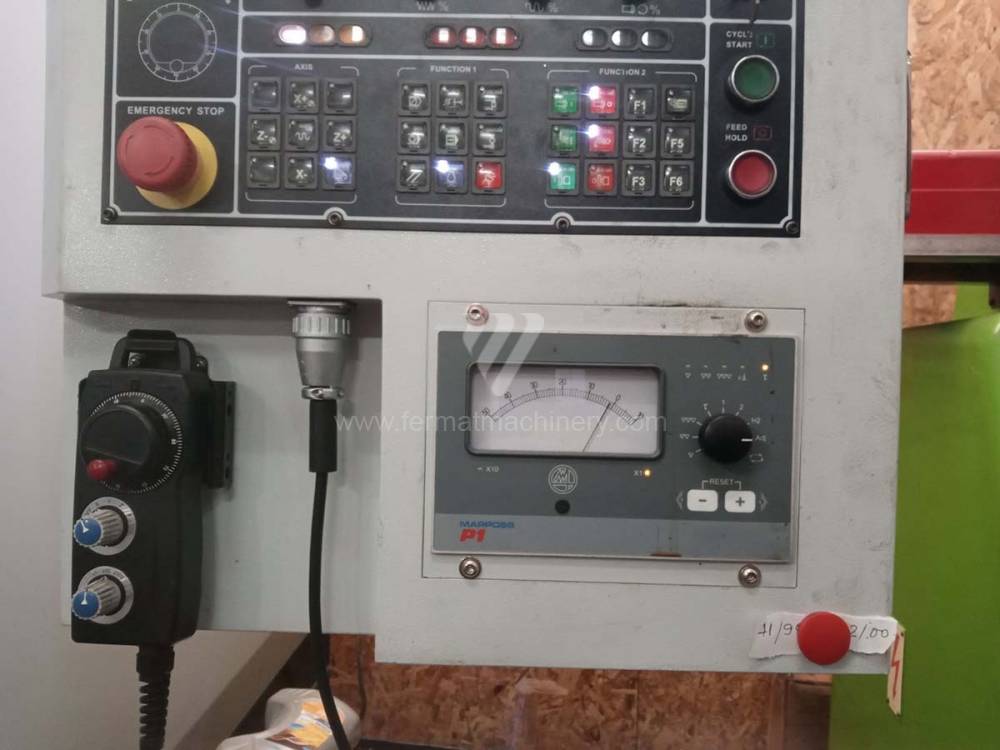
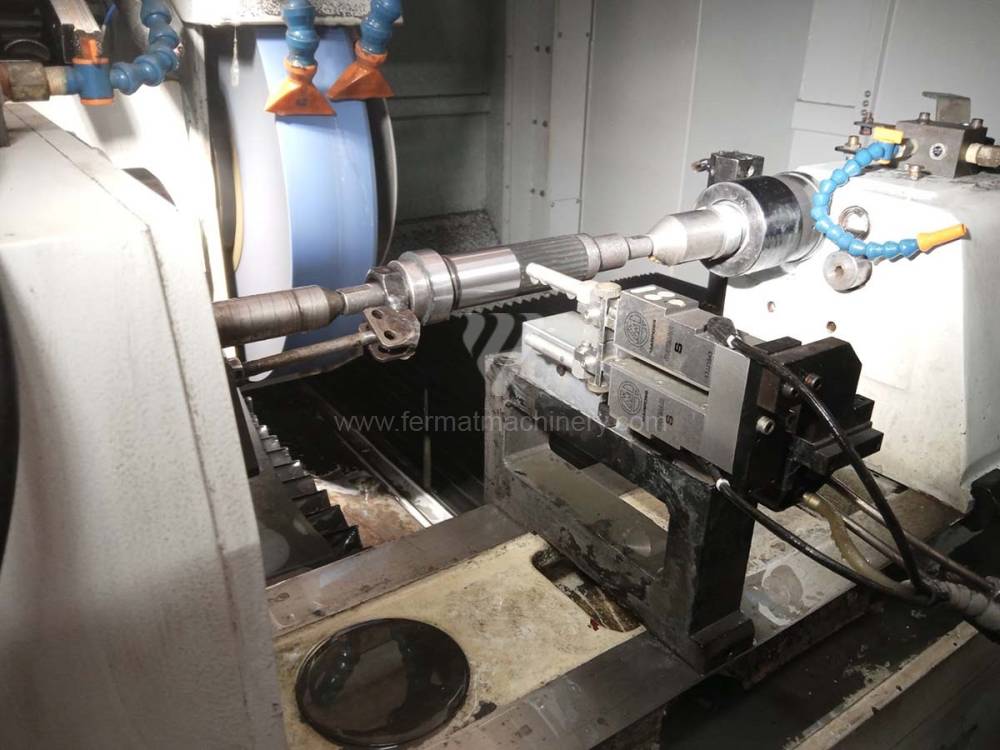
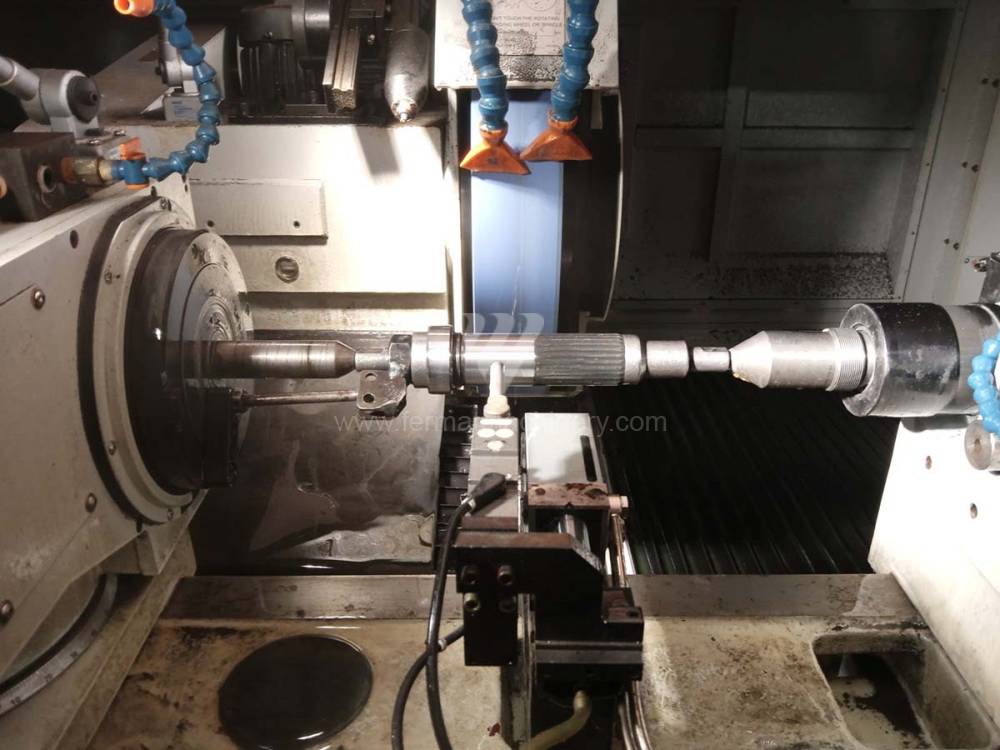
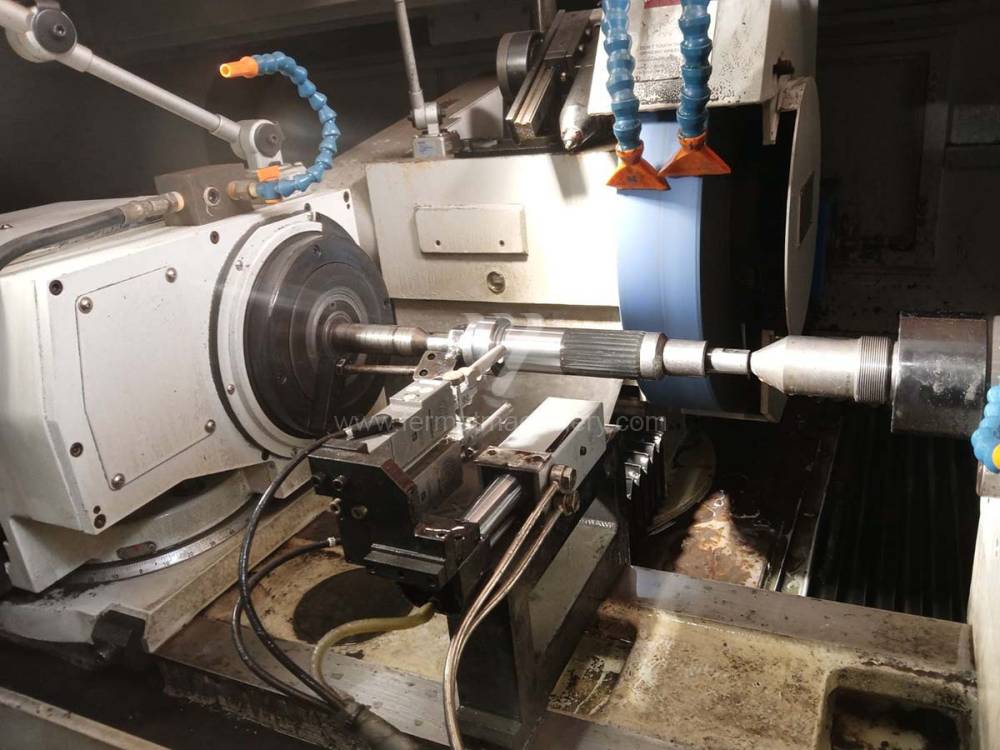
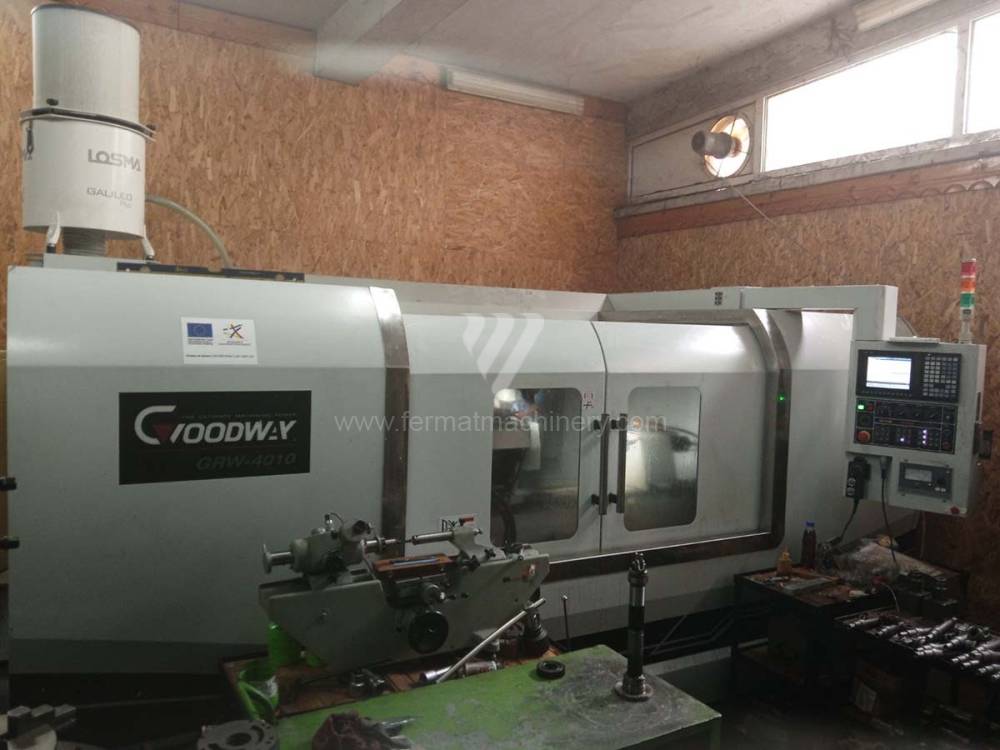
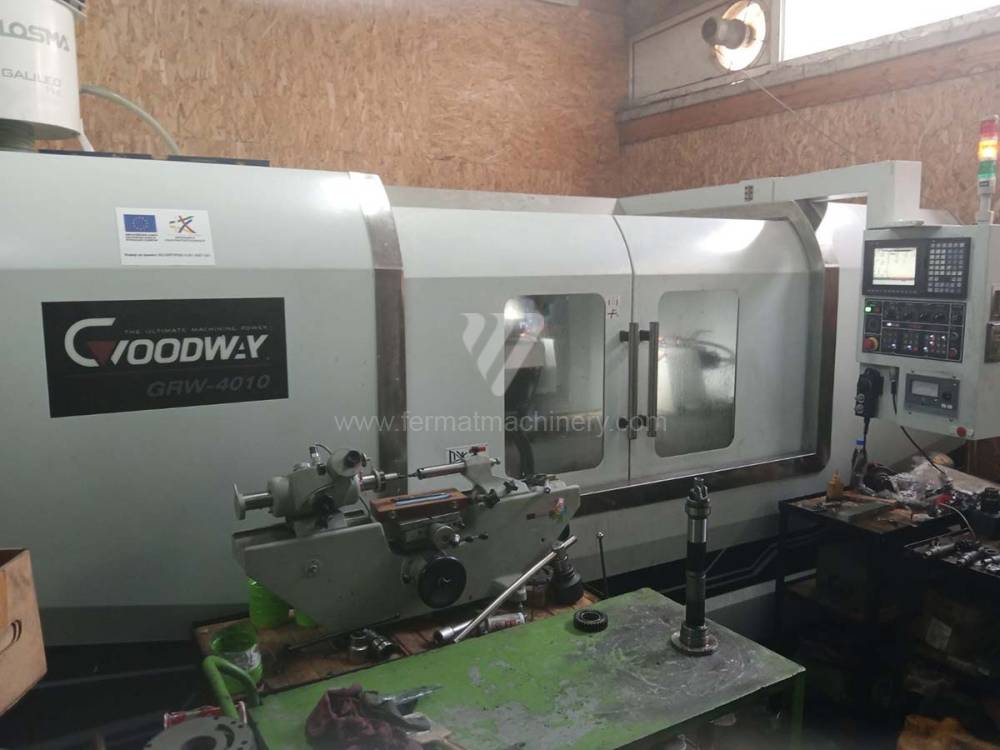
Año de fabricación:2018
Sistema de control Mitsubishi: M 70
Diámetro máx. de rectificado: 400 mm
Longitud máx. de rectificación: 1000 mm
Máx. peso pieza mecanizada: 750 kg
Equipo para rectificado interno: No
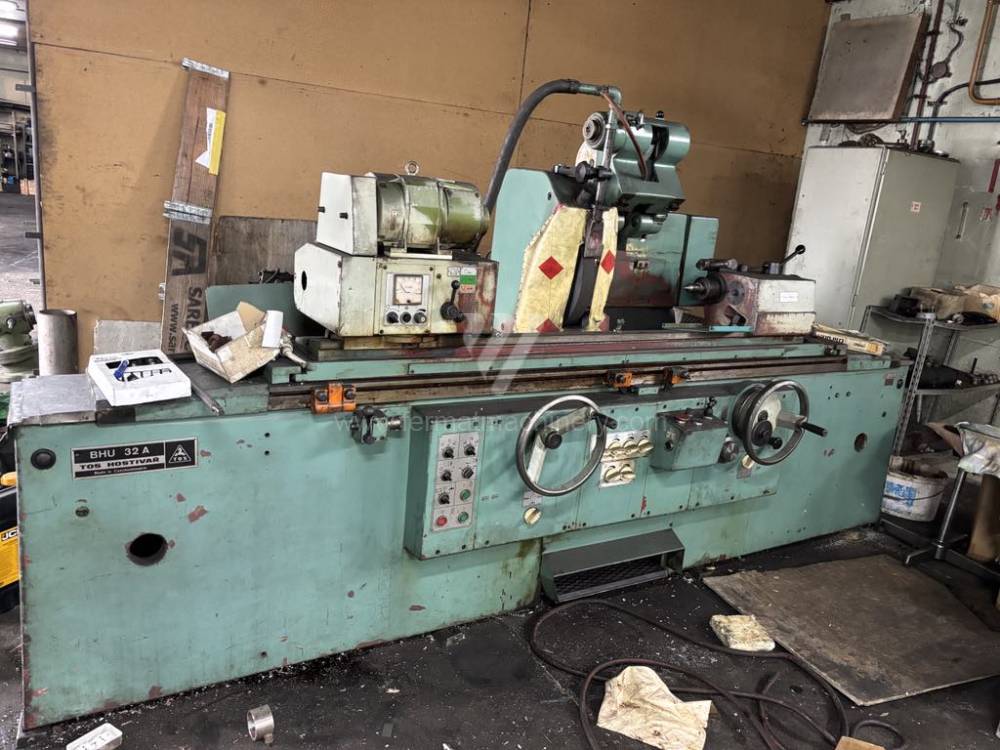
Diámetro máx. de rectificado: 320 mm
Longitud máx. de rectificación: 1000 mm
Máx. peso pieza mecanizada: 300 kg
Equipo para rectificado interno: Sí
Peso de la máquina: 5100 kg
Dimensiones largo x ancho x alto: 4890x2320x mm
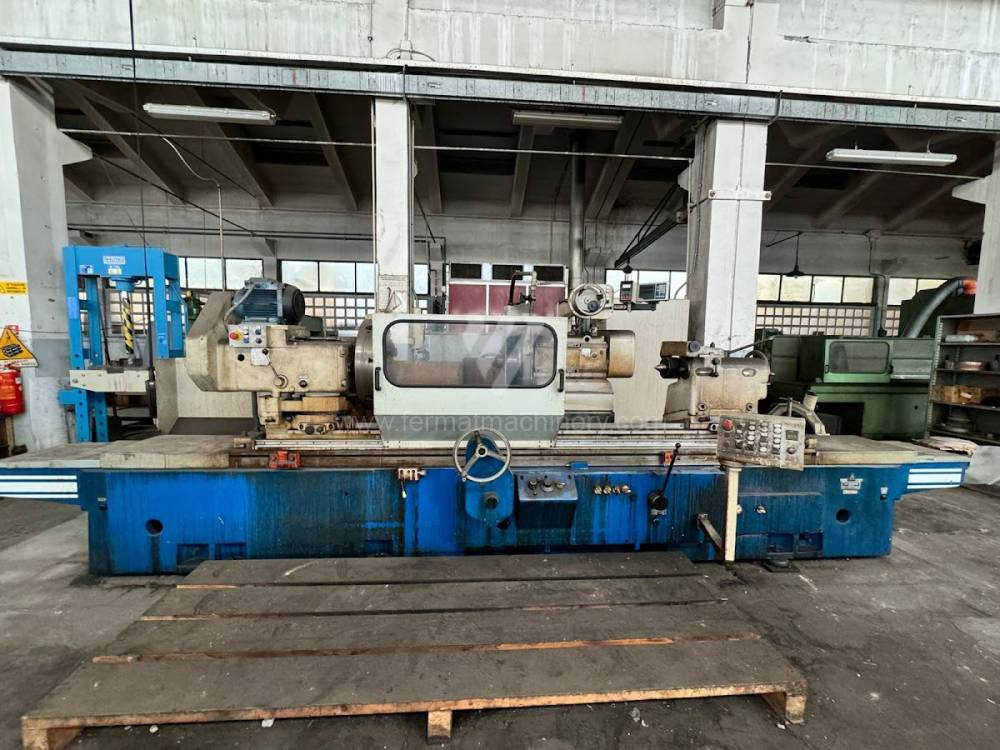
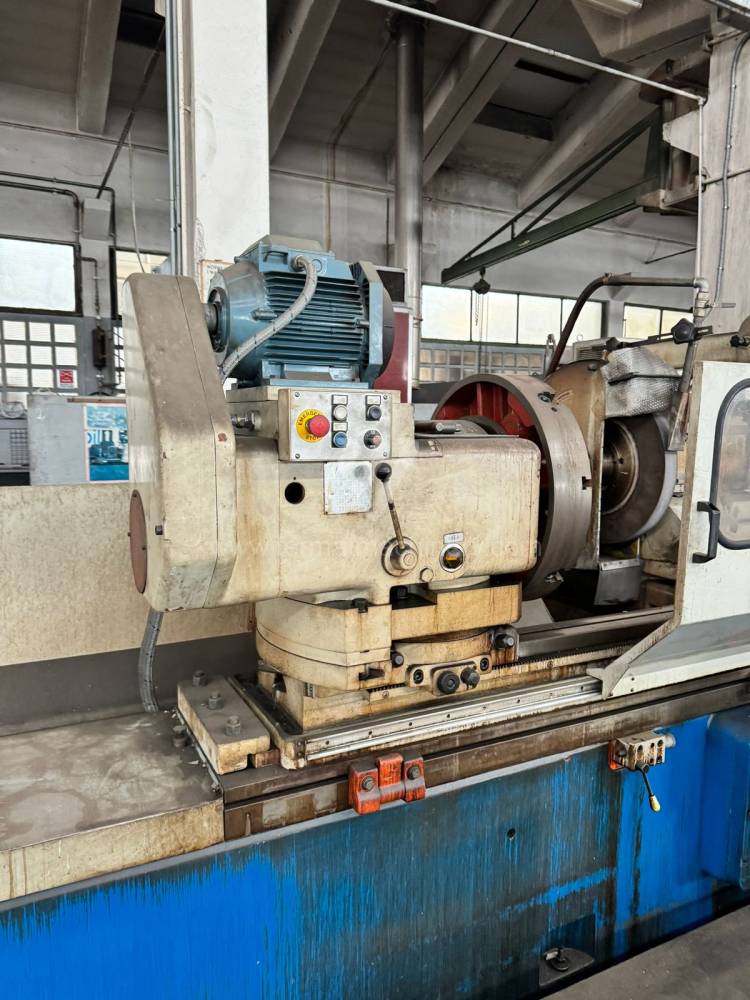
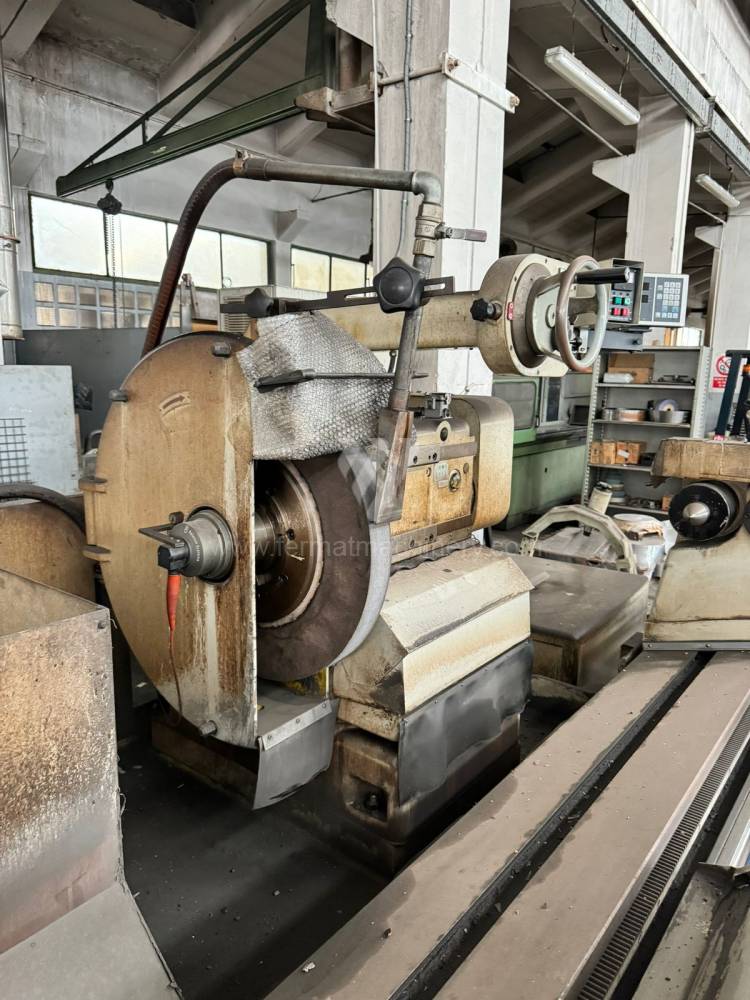
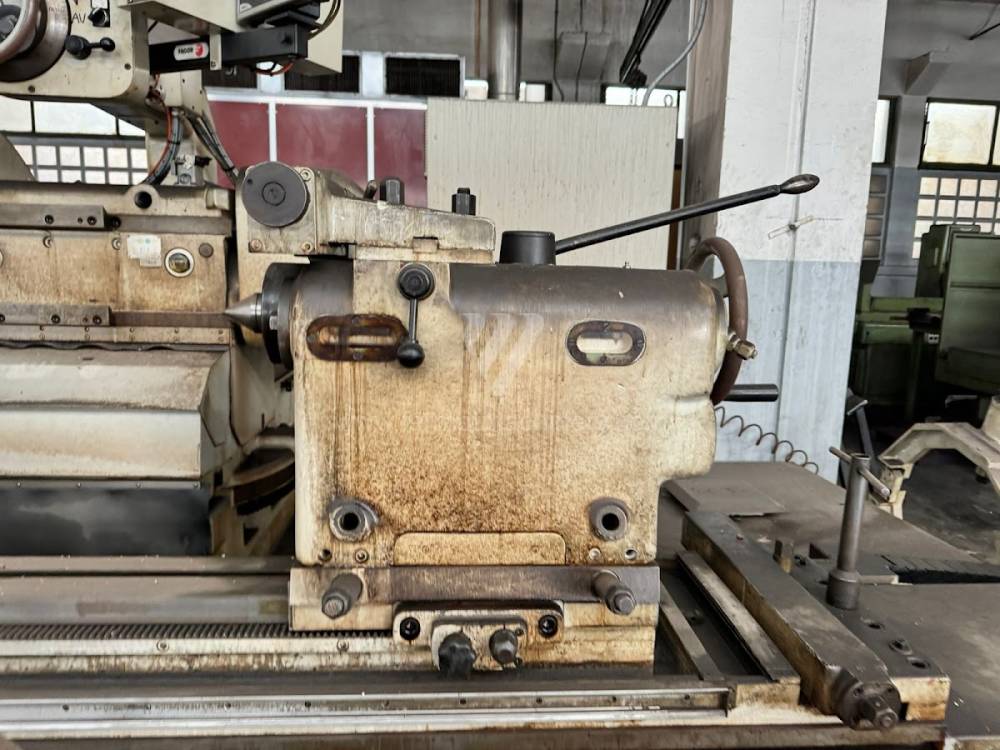
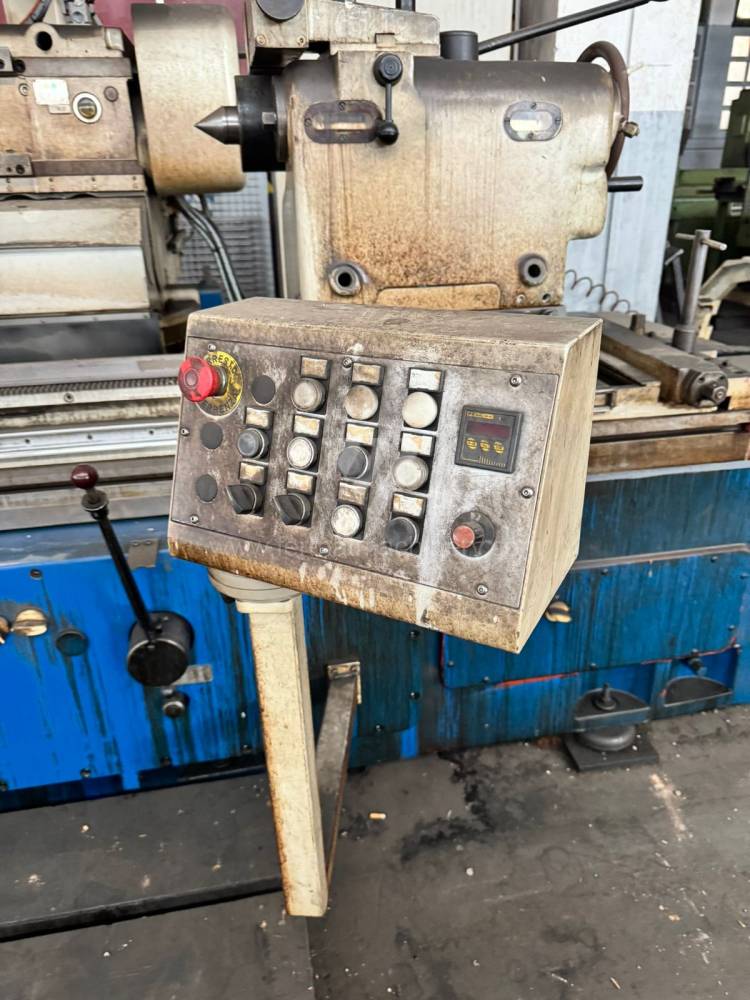
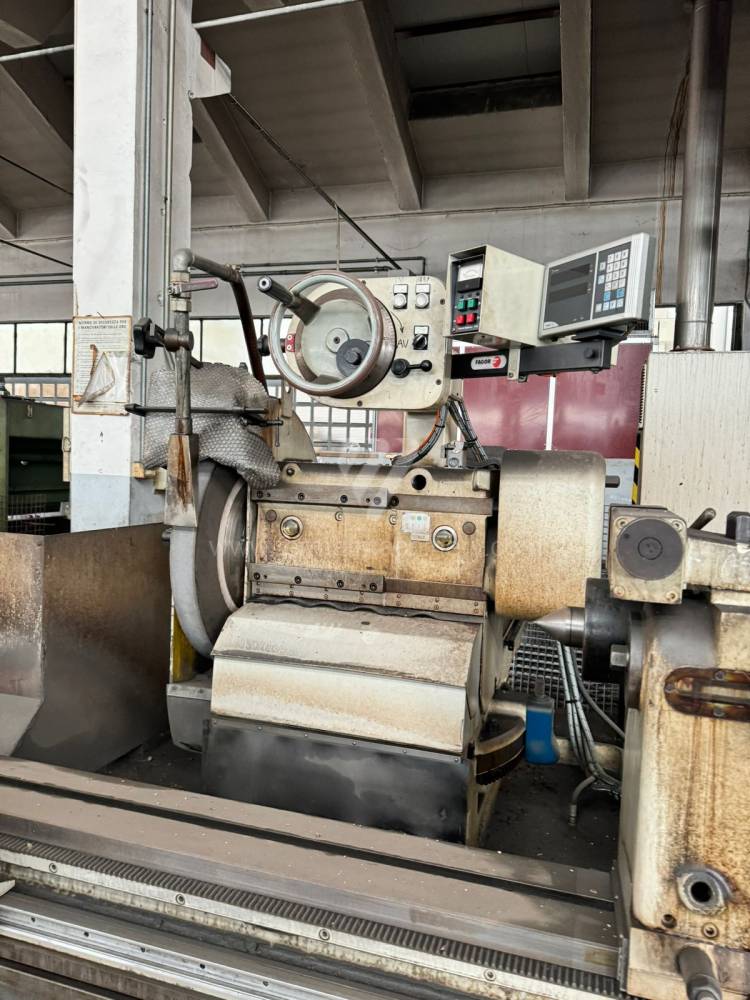
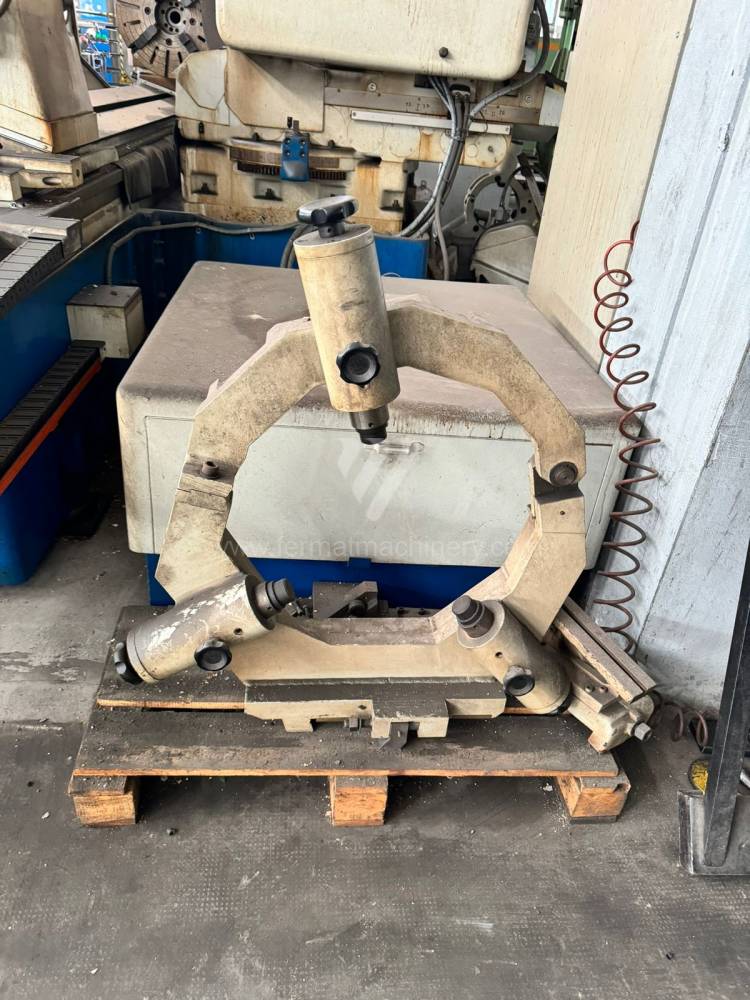
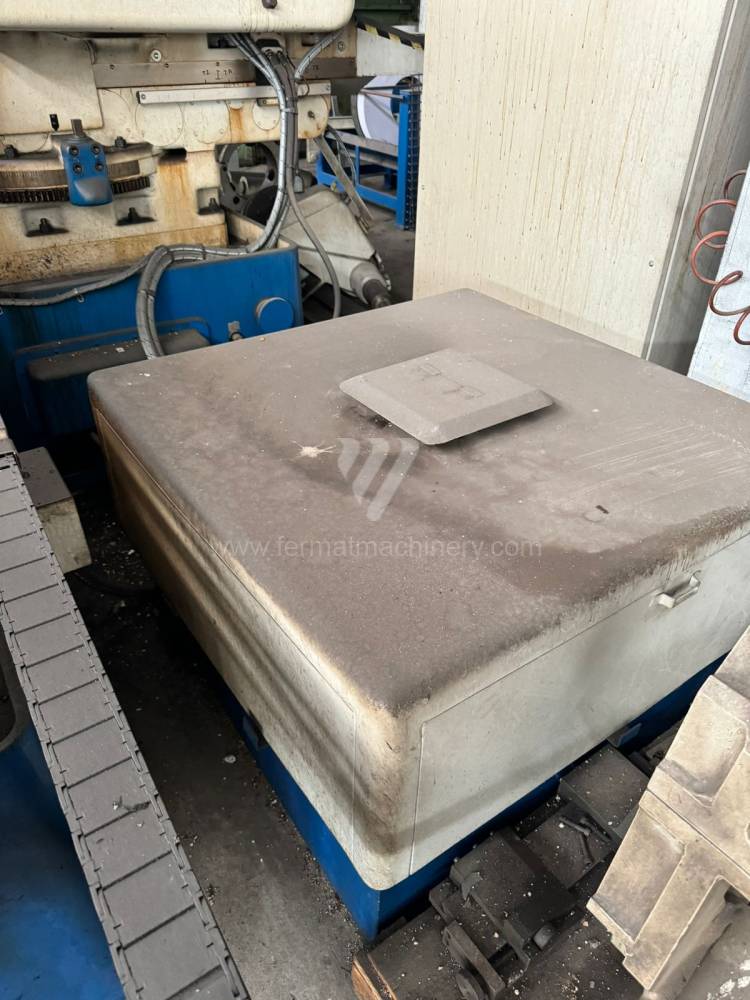
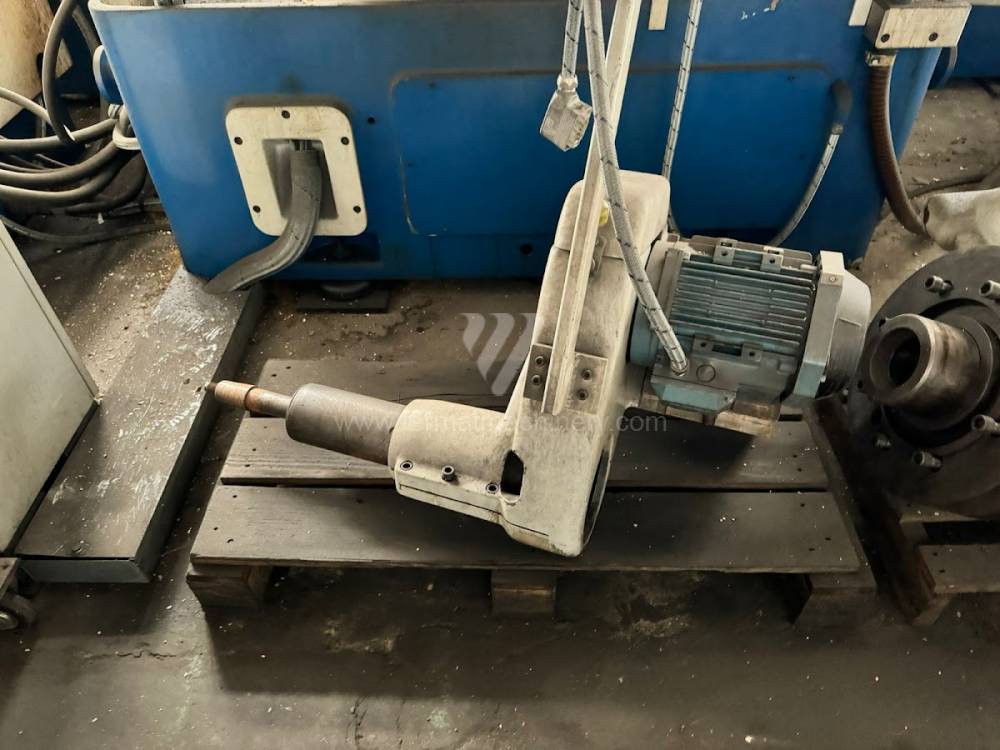
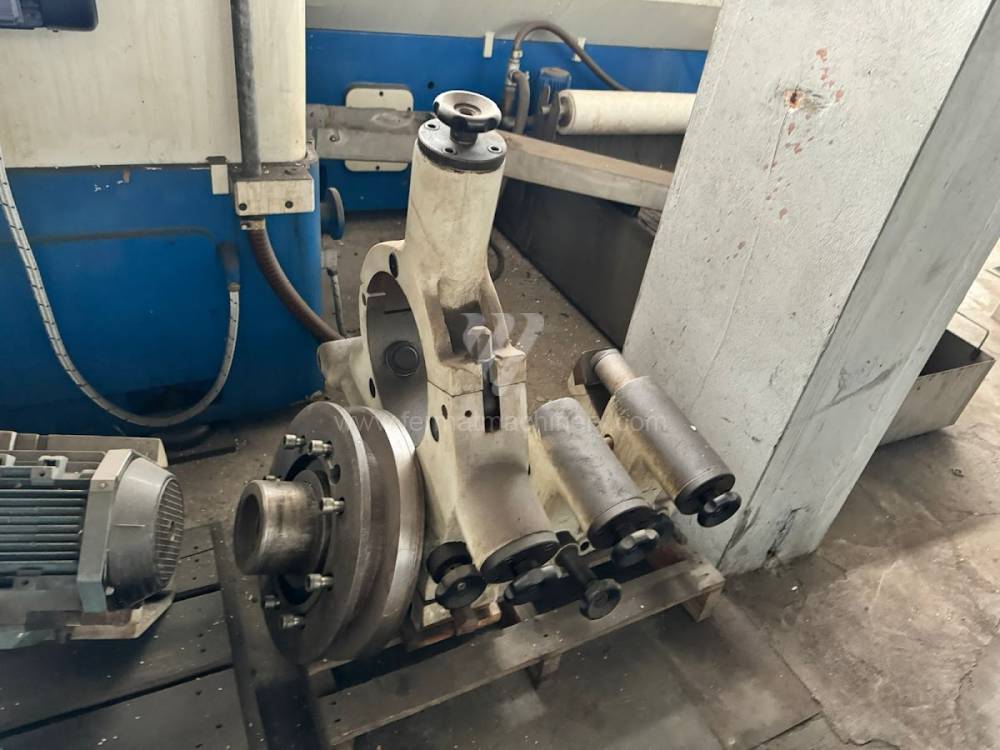
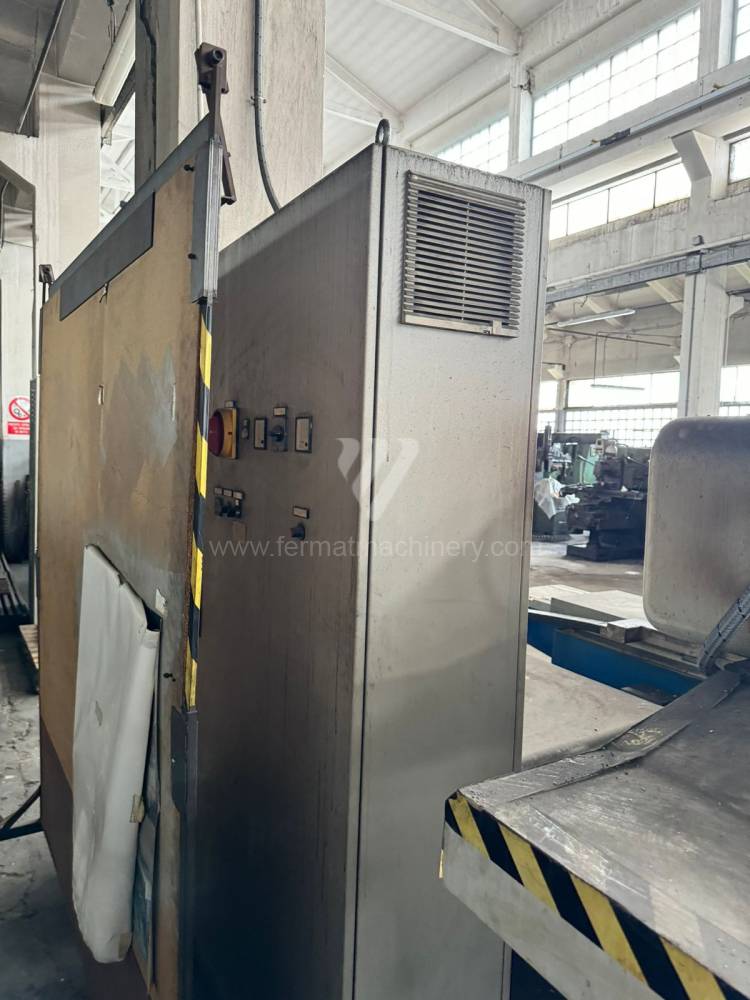
Diámetro máx. de rectificado: 630 mm
Longitud máx. de rectificación: 2000 mm
Máx. peso pieza mecanizada: 900 kg
Equipo para rectificado interno:
Cono sujetador del husillo: MORSE 6 .
Diametro de mandril: 315 mm
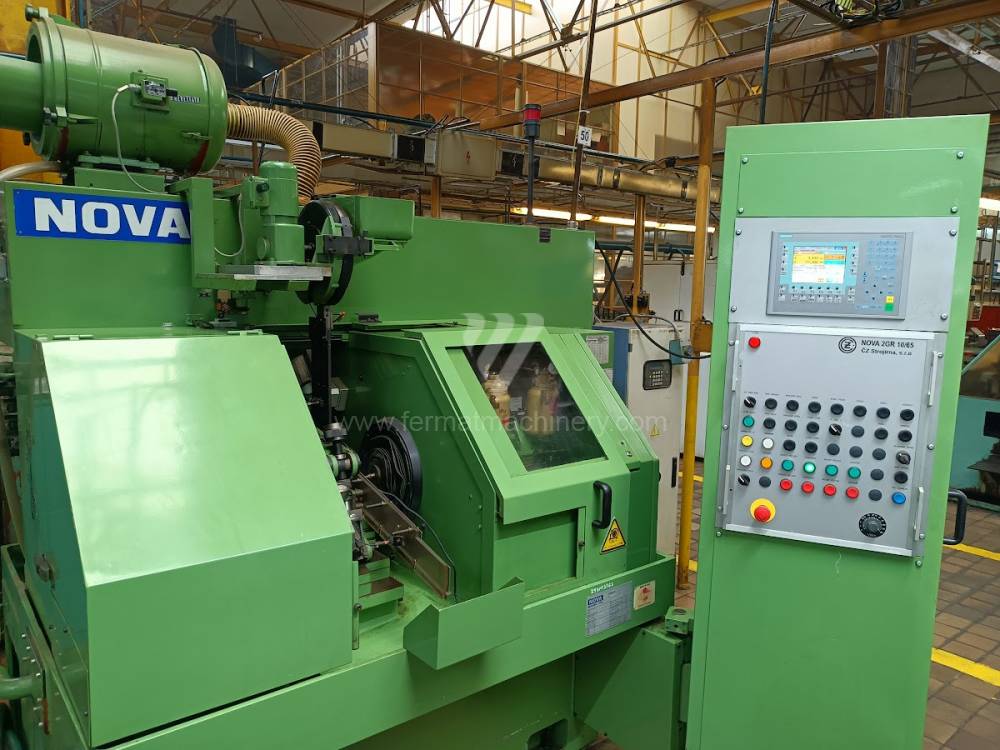
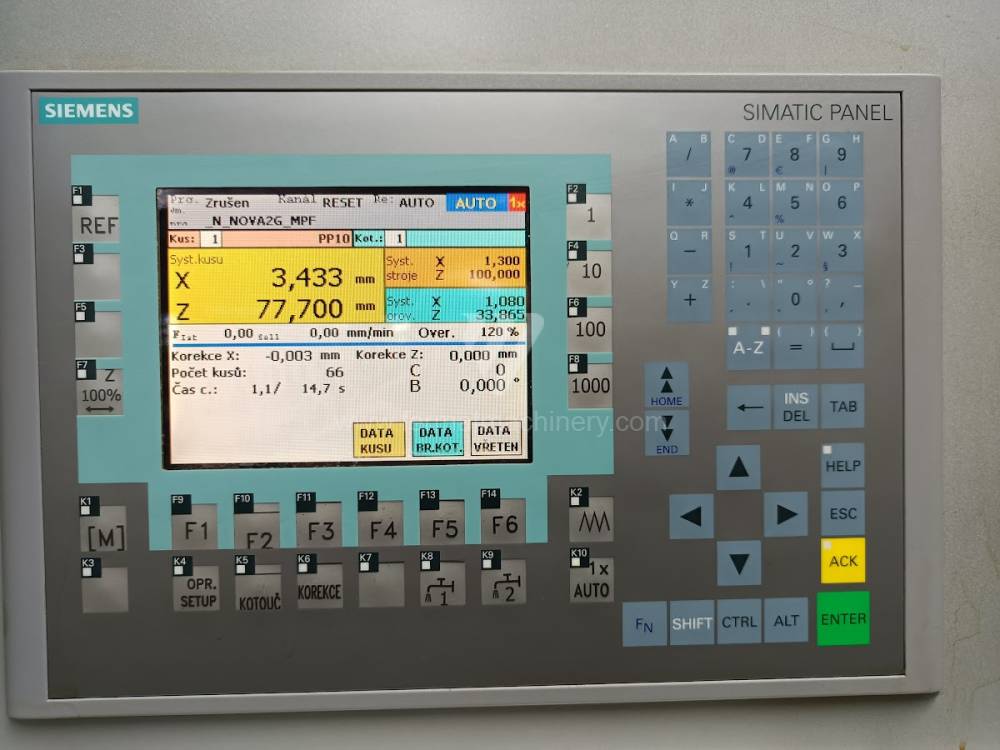
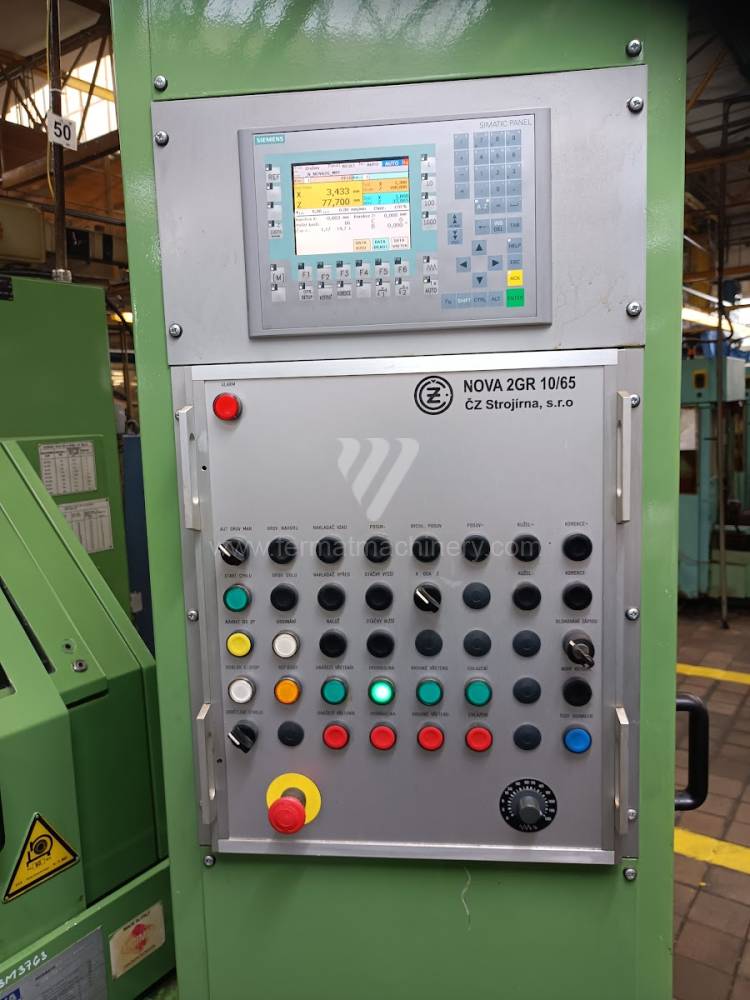
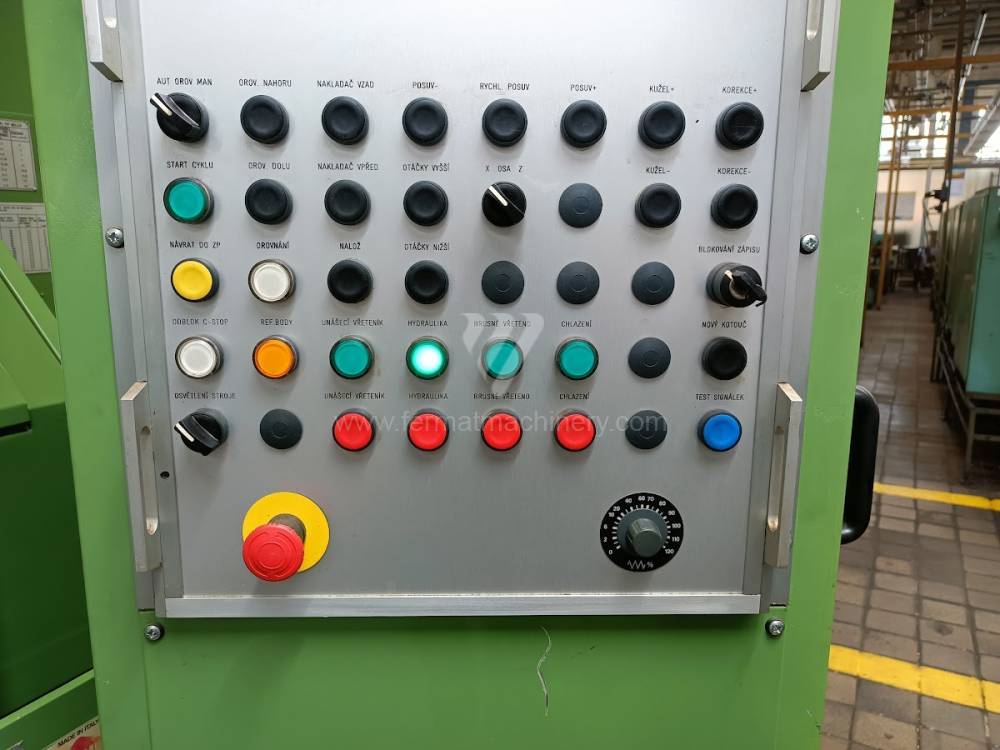
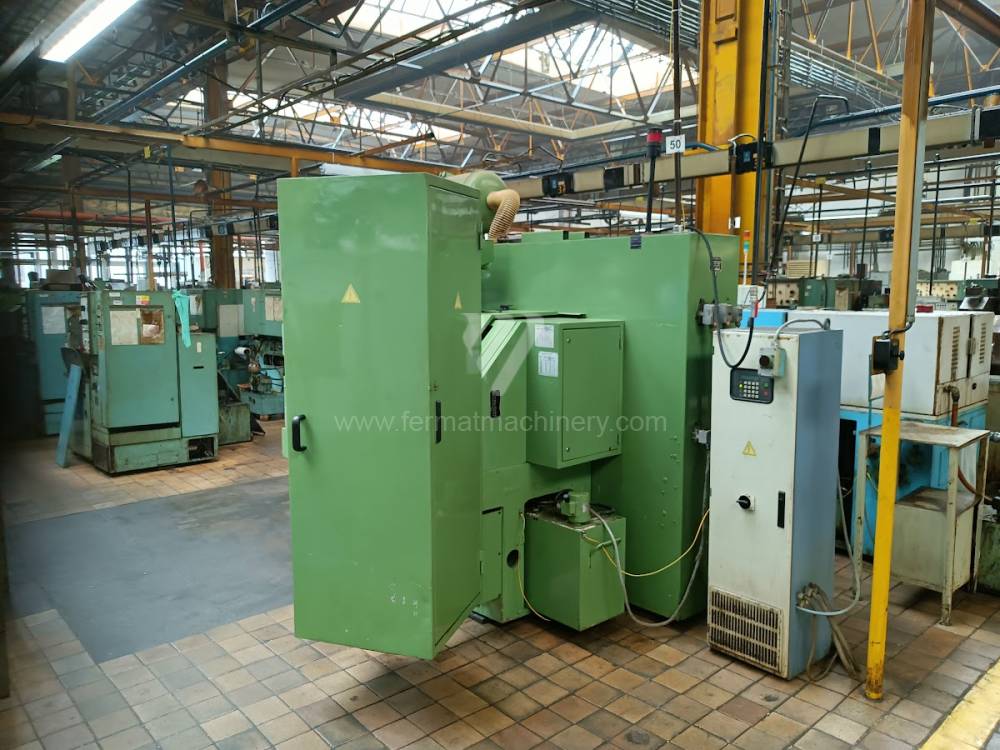
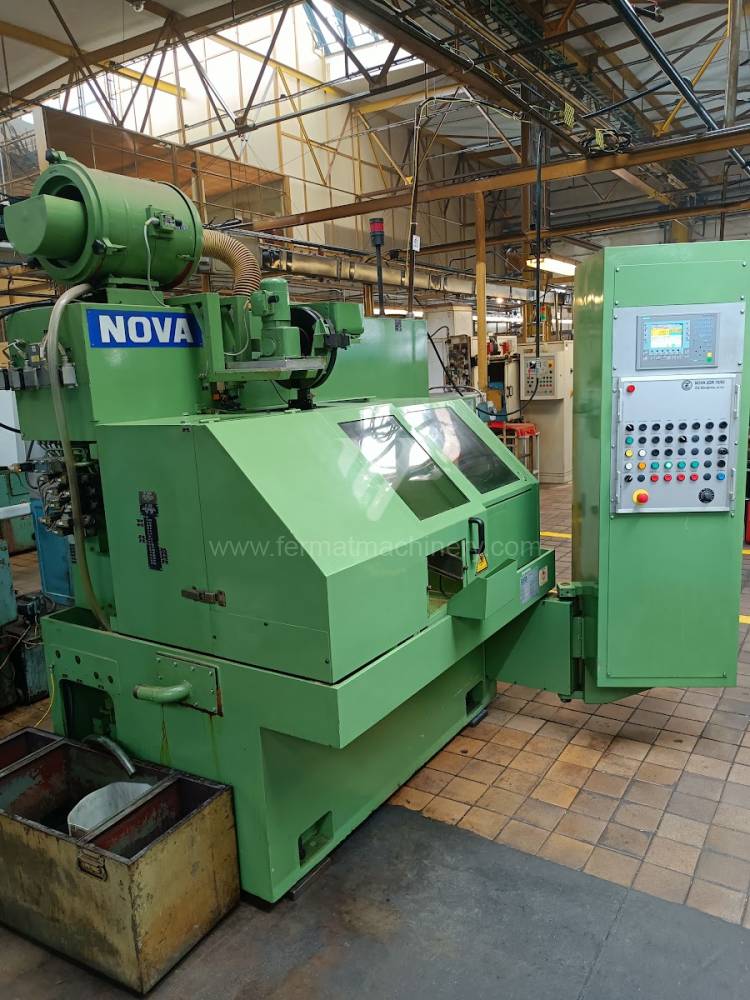
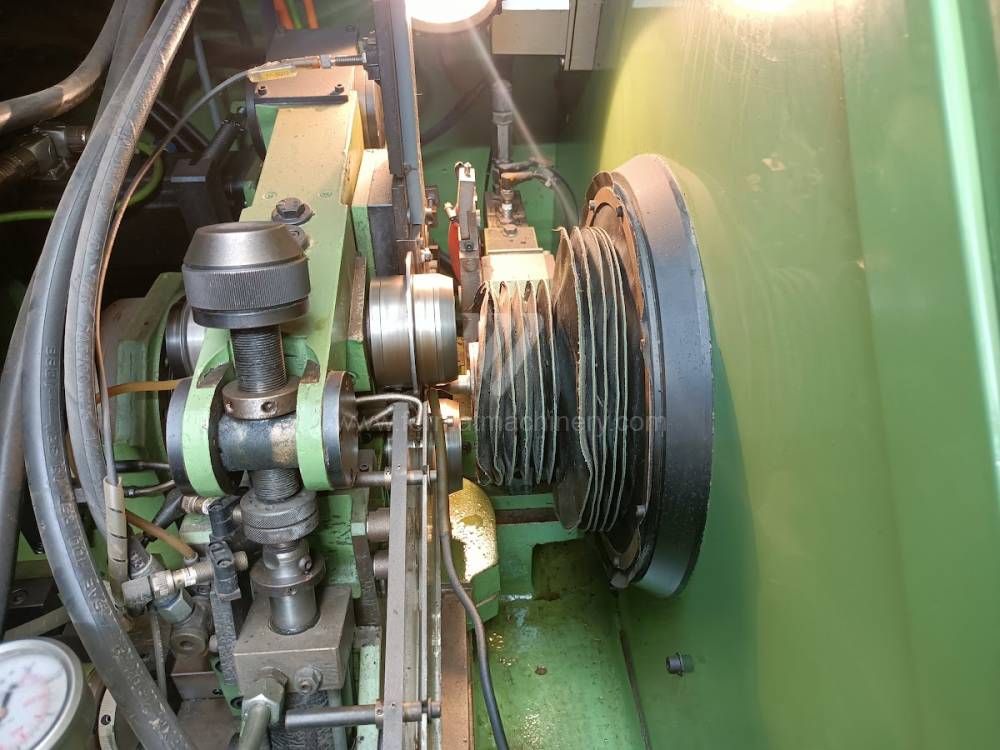
Año de fabricación:1989
Sistema de control Siemens: Simatic S7-300
Diámetro máx. de la pieza trabajada: 65 mm
Diámetro máx. de la abertura rectificada: 65 mm
Max. profundidad de rectificado: 40 mm
Diámetro mín. de rectificado: 10 mm
Carrera de eje X: 40 mm
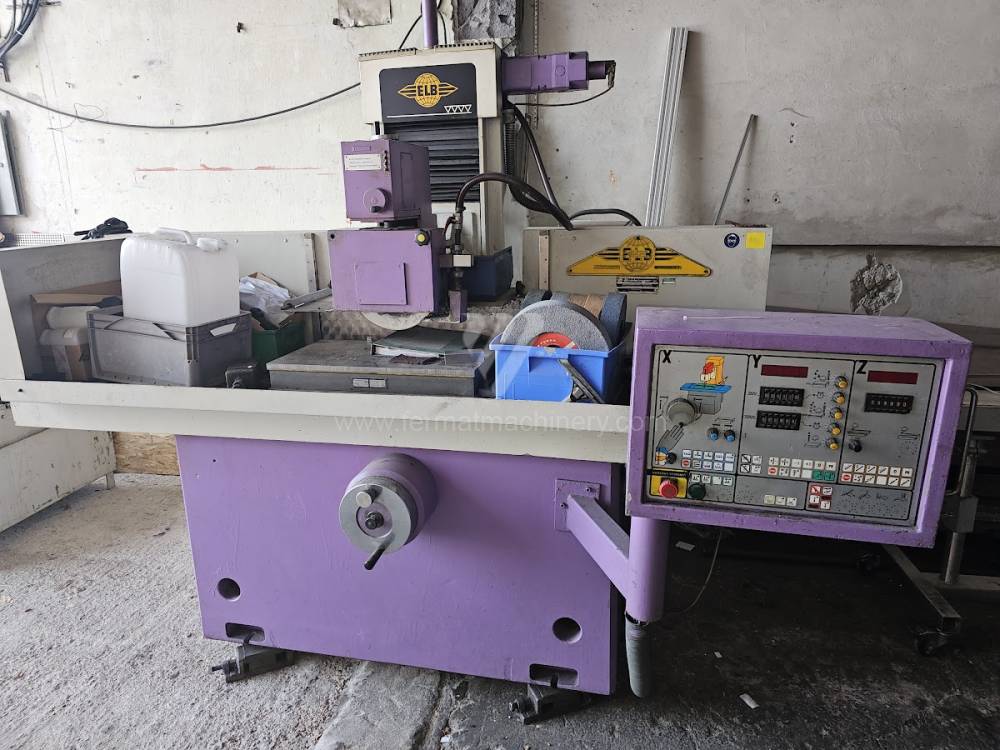
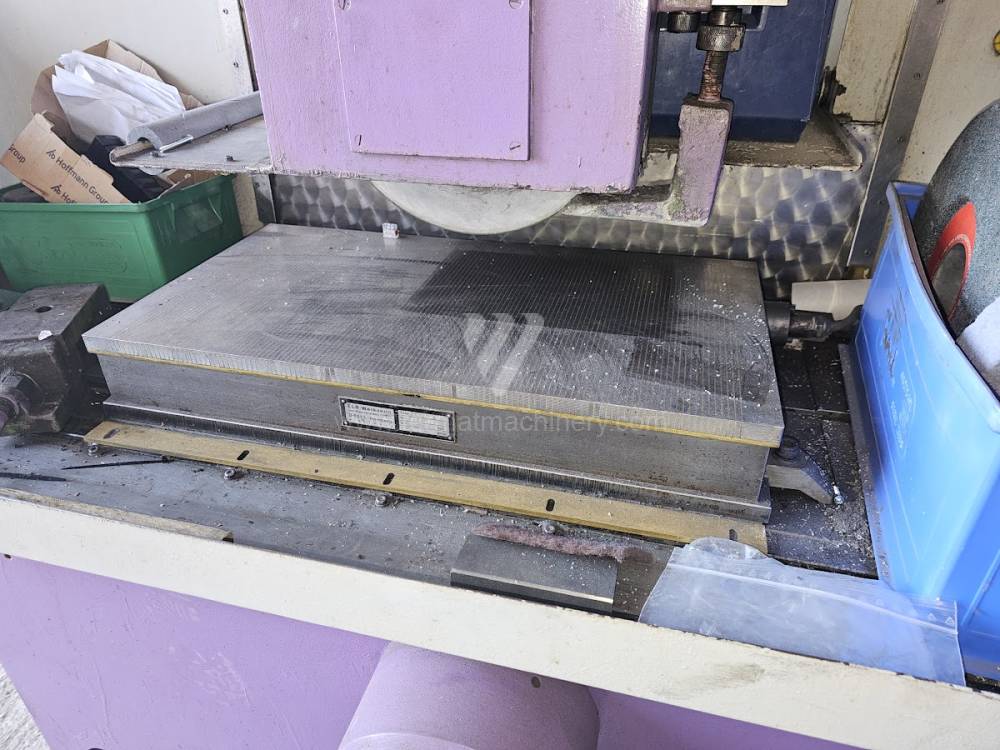
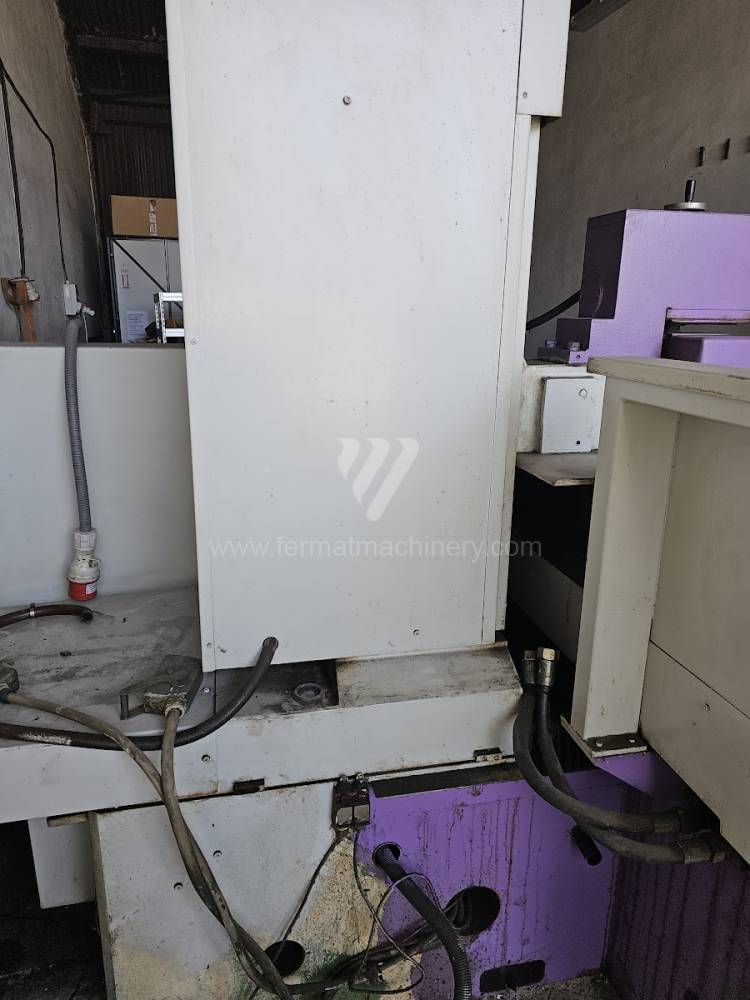
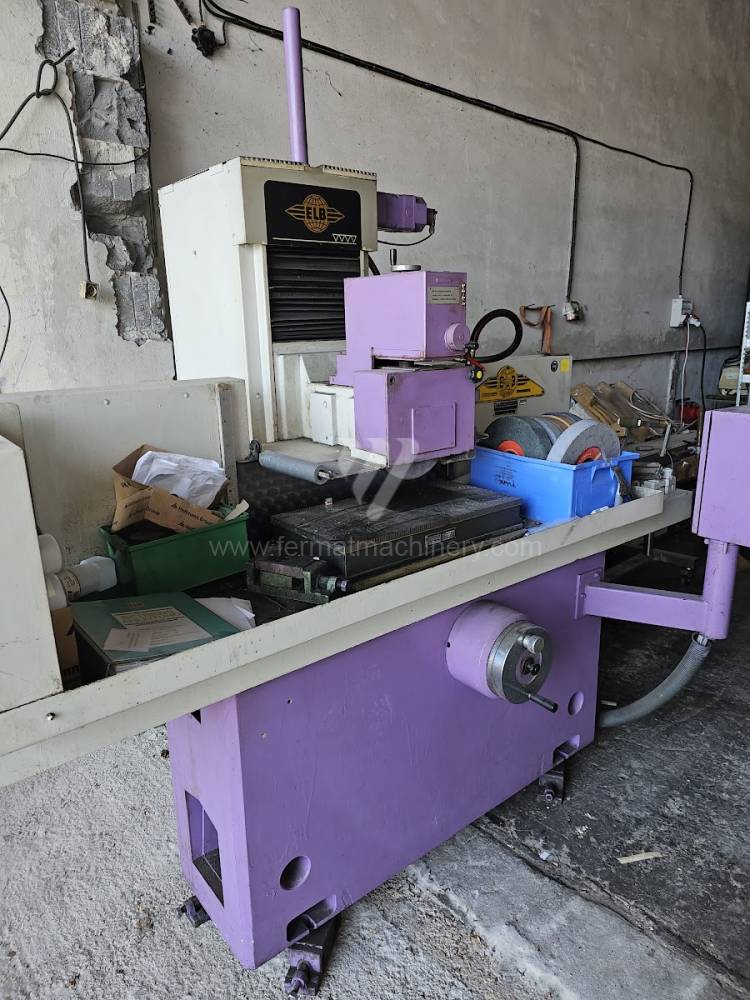
Longitud máx. de rectificación: 600 mm
Máx. anchura de rectificado: 300 mm
Máx. altura pieza mecanizada: mm
Alojamiento de husillo: Horizontální
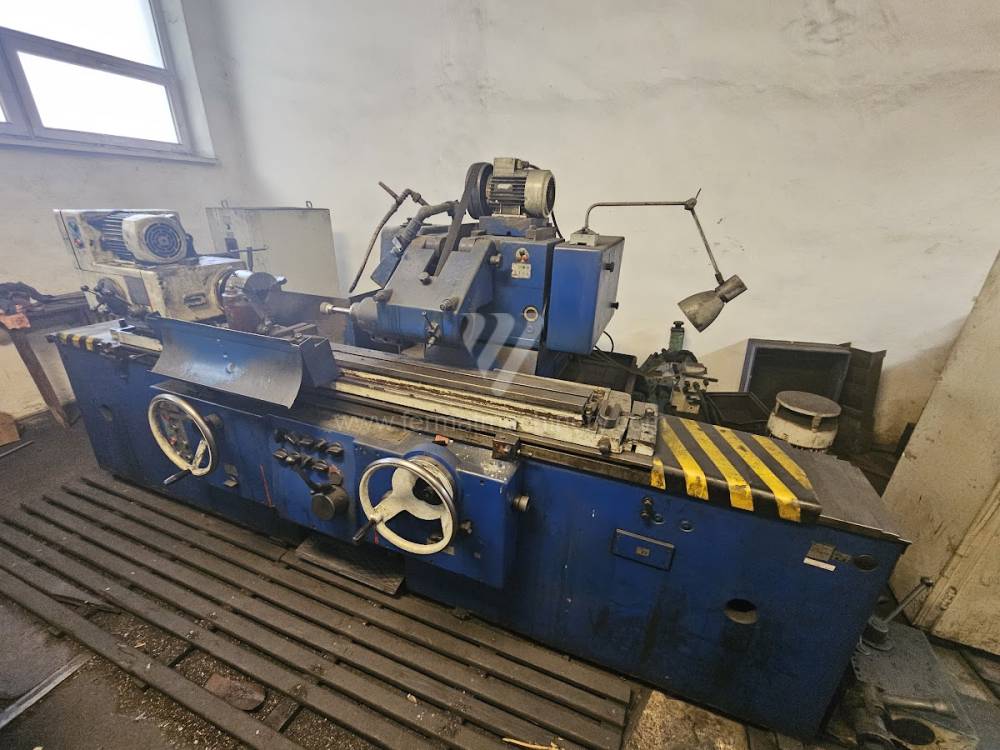
Año de fabricación:1972
Diámetro máx. de rectificado: 320 mm
Longitud máx. de rectificación: 1000 mm
Máx. peso pieza mecanizada: 300 kg
Equipo para rectificado interno: Sí
Peso de la máquina: 5100 kg
Dimensiones largo x ancho x alto: 4890x2320x mm
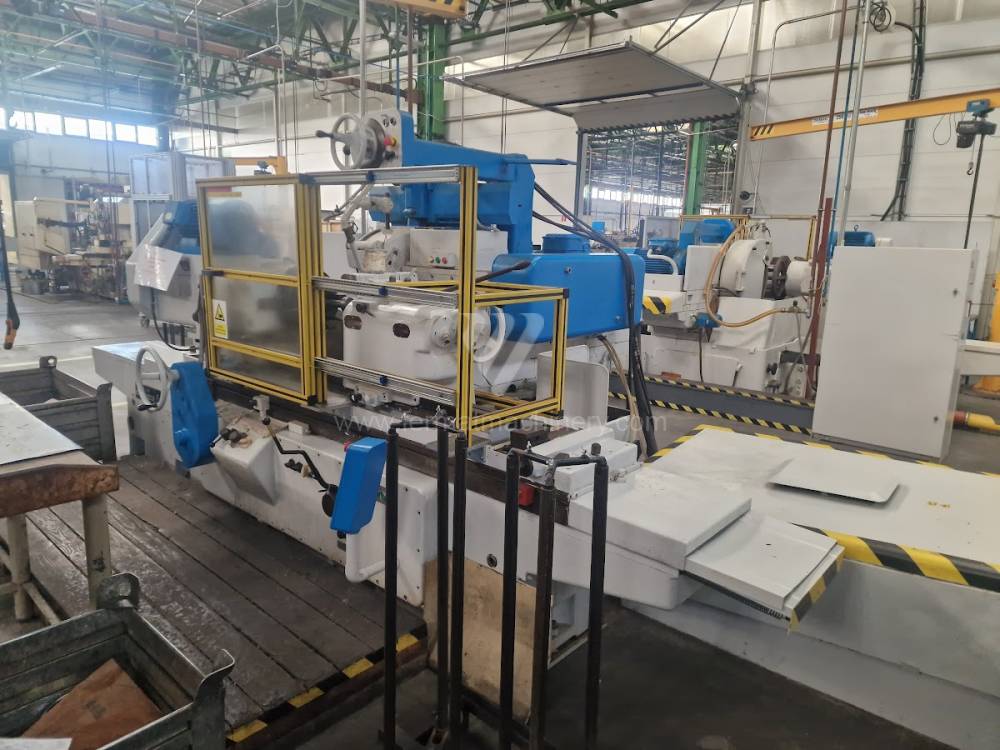
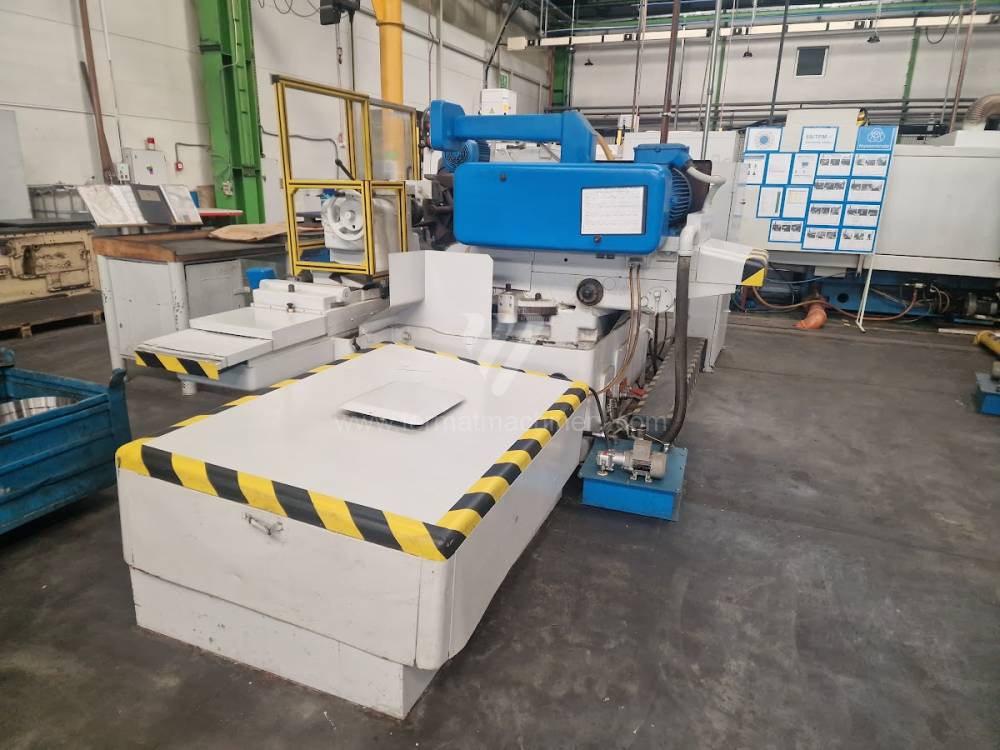
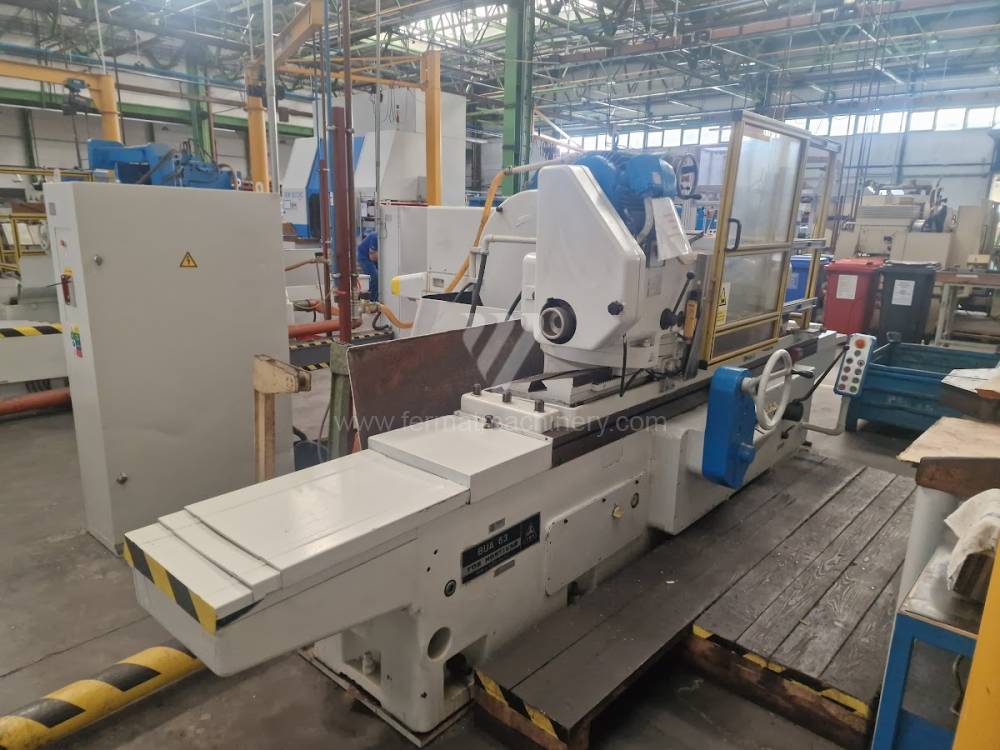
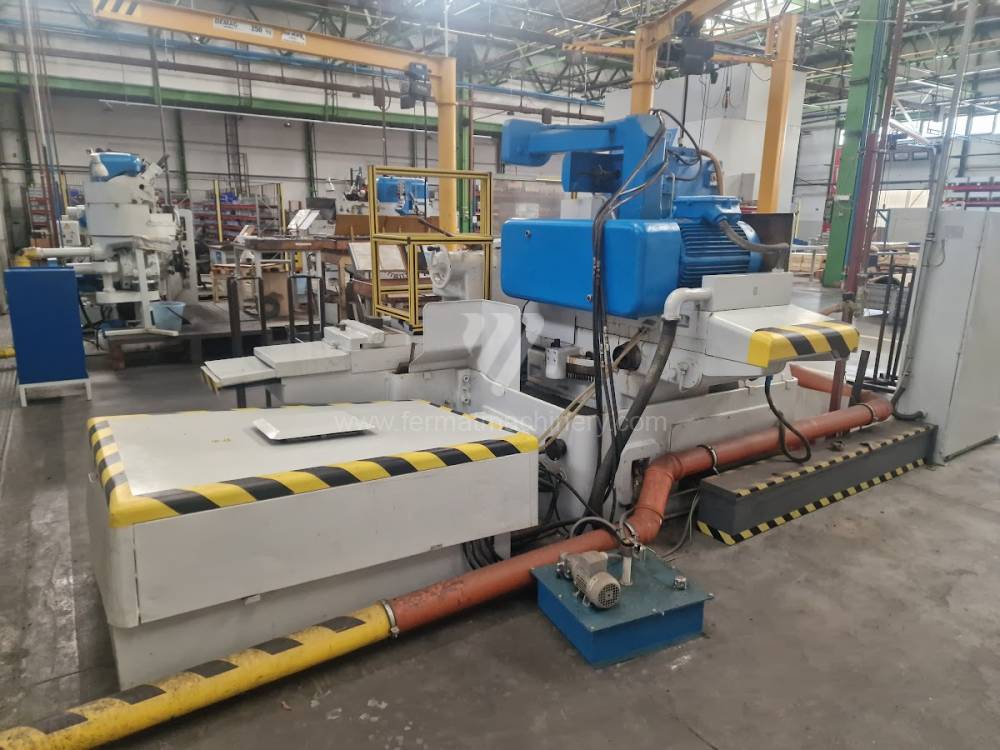
Año de fabricación:1976
Diámetro máx. de rectificado: 630 mm
Longitud máx. de rectificación: 1000 mm
Máx. peso pieza mecanizada: 900 kg
Equipo para rectificado interno:
Cono sujetador del husillo: MORSE 6 .
Diametro de mandril: 315 mm
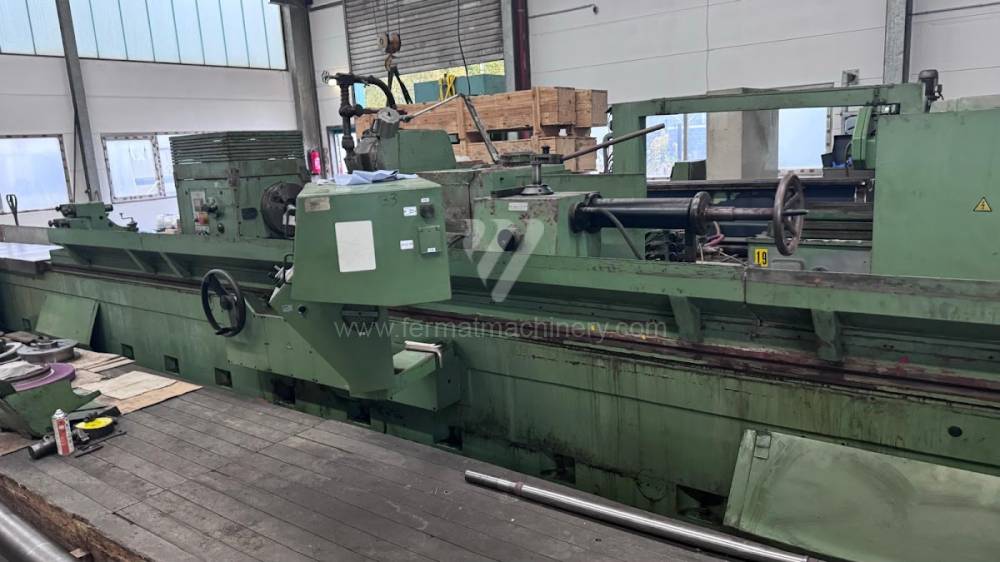
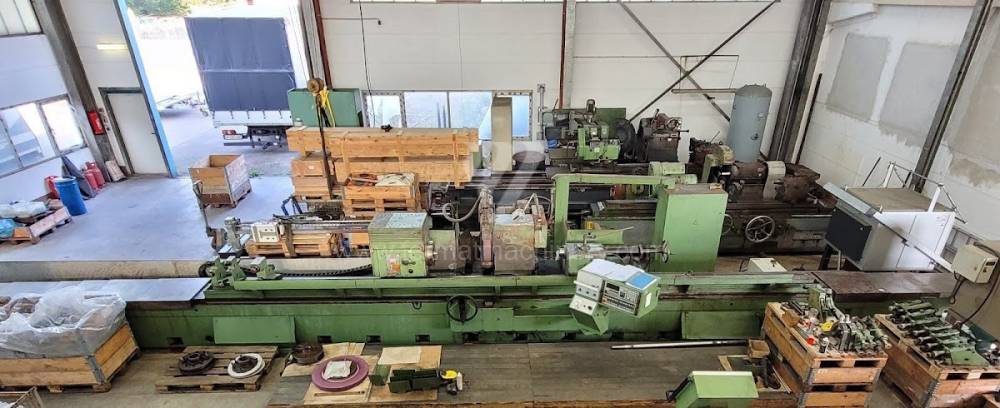
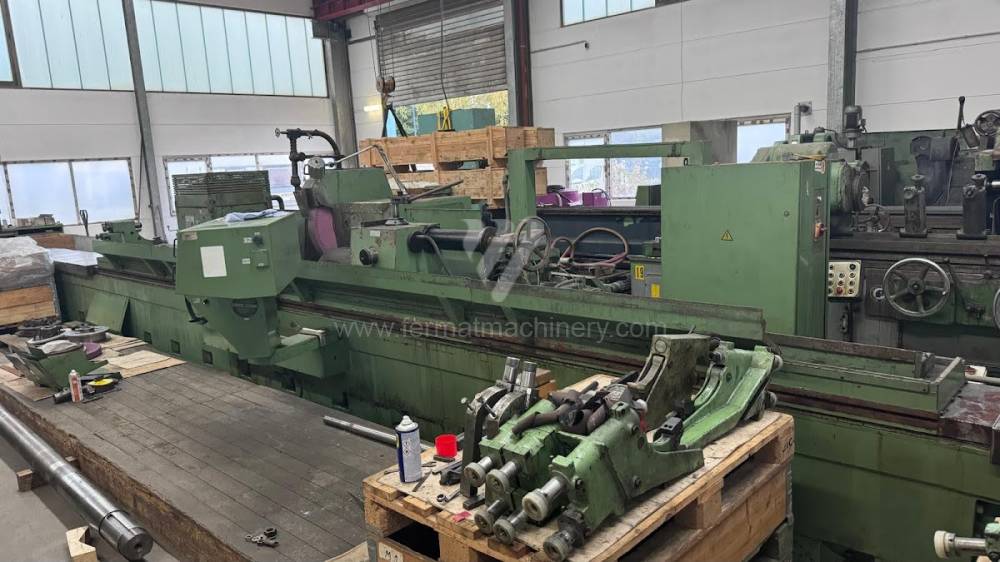
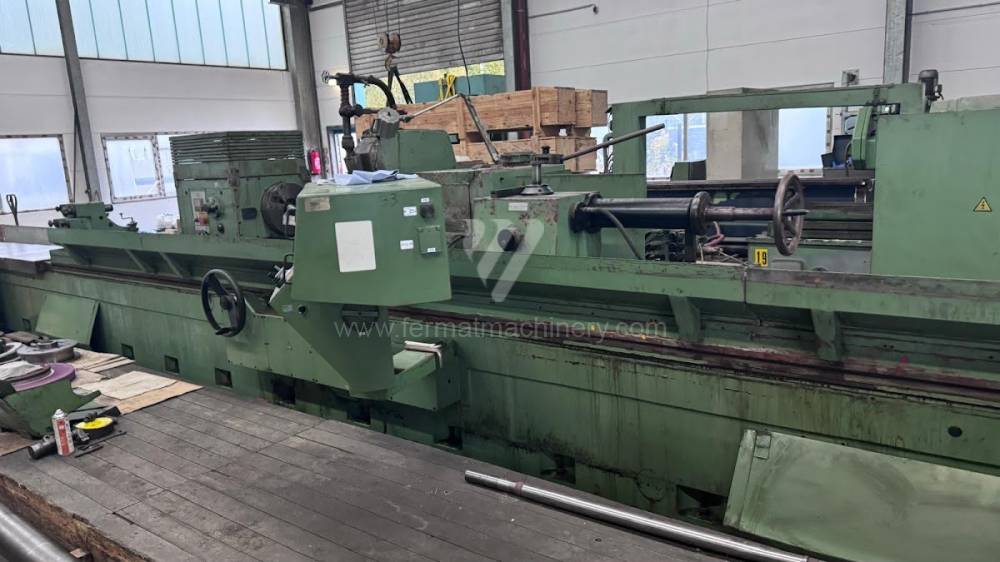
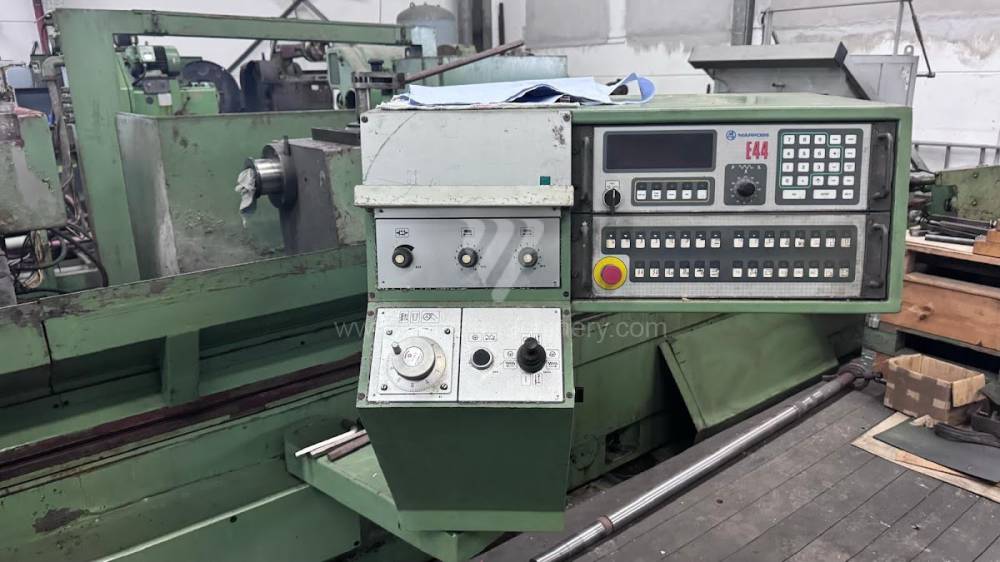
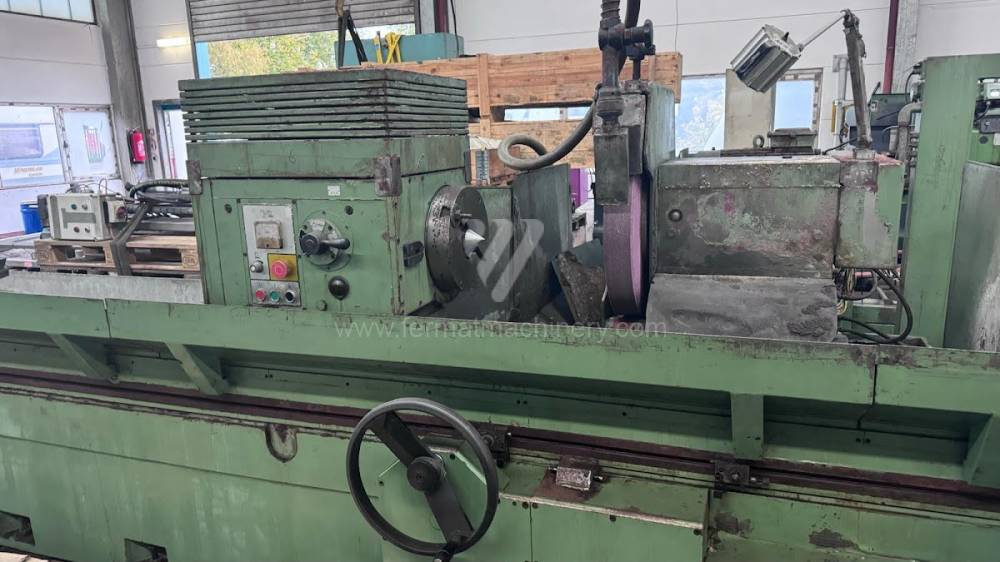
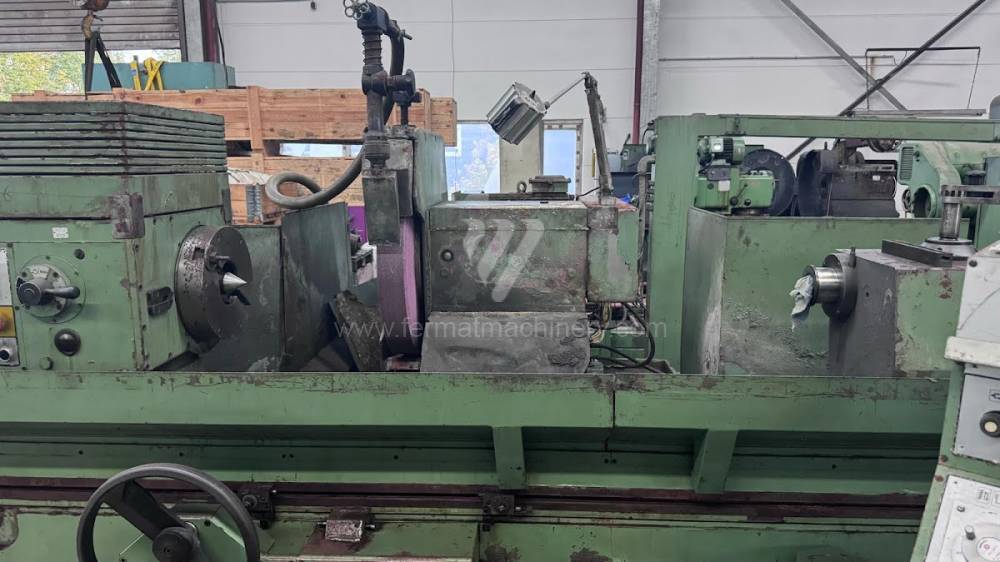
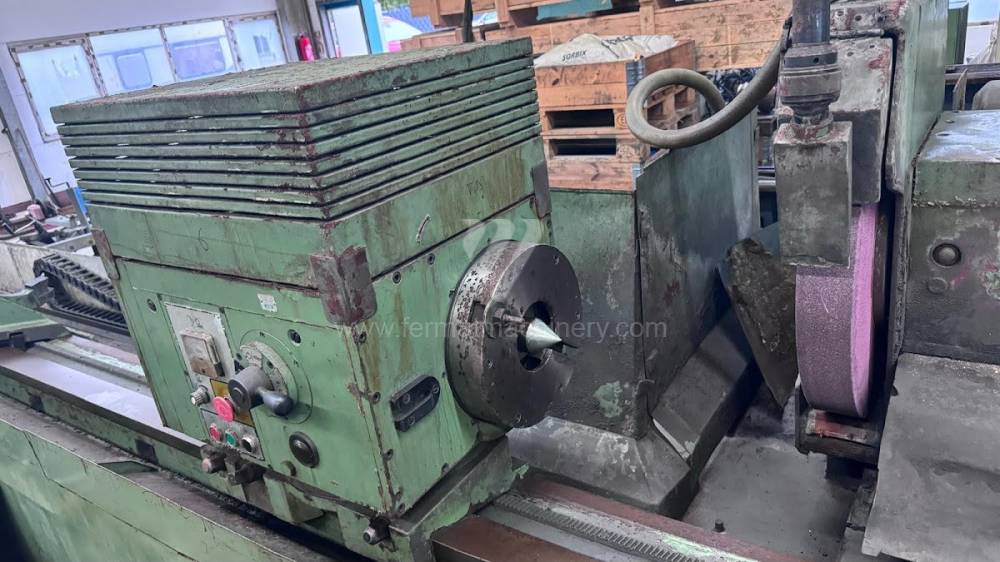
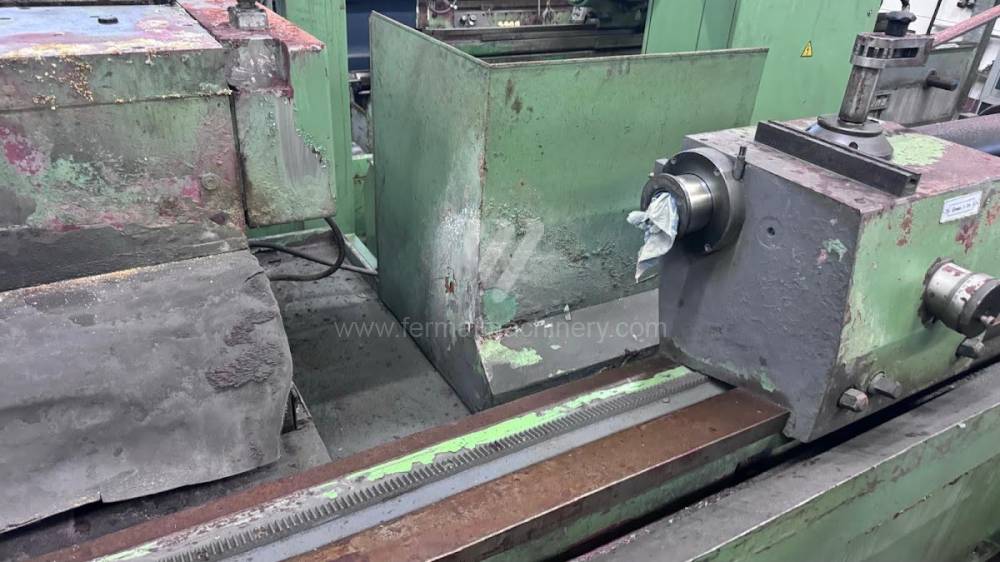
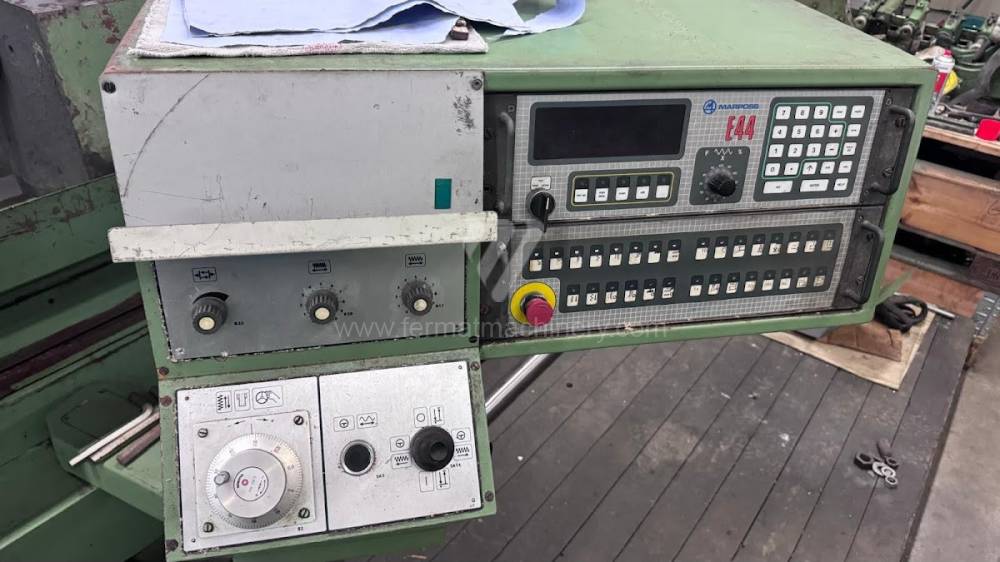
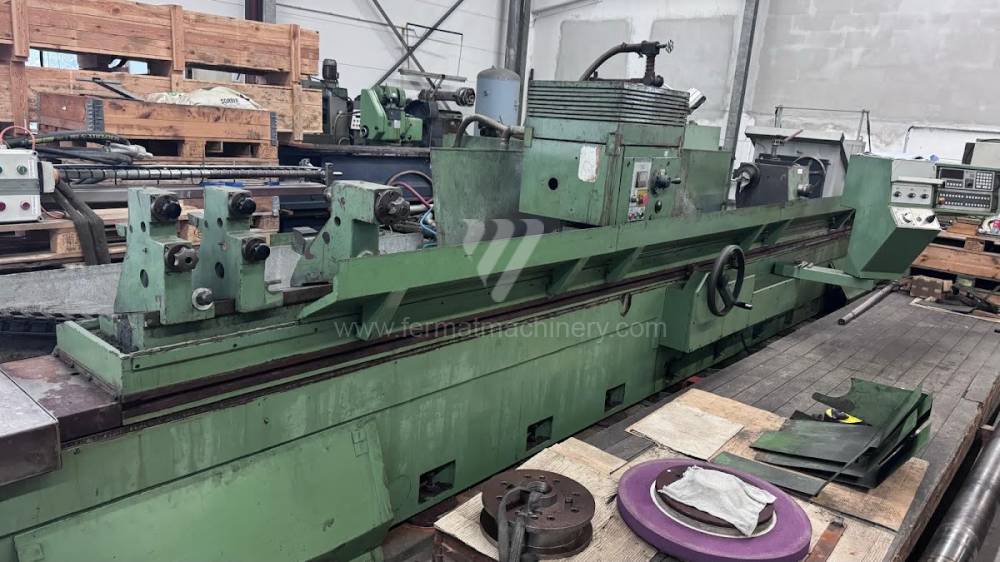
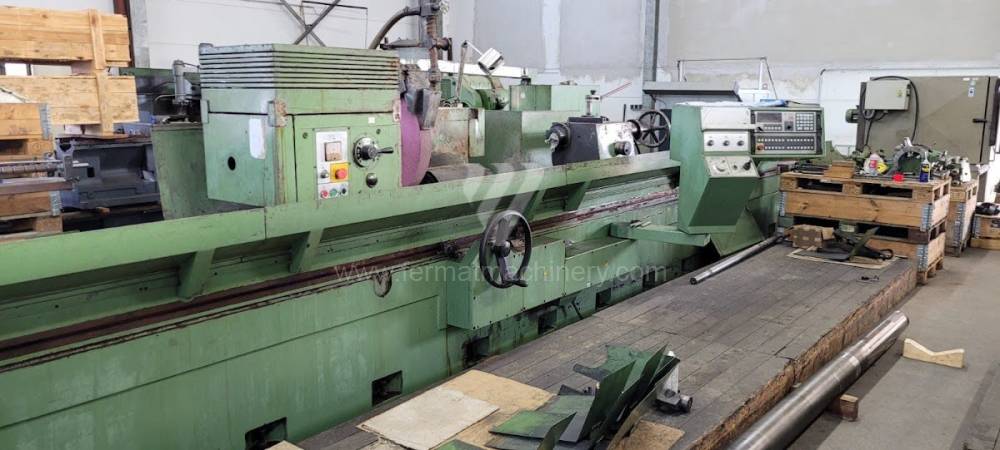
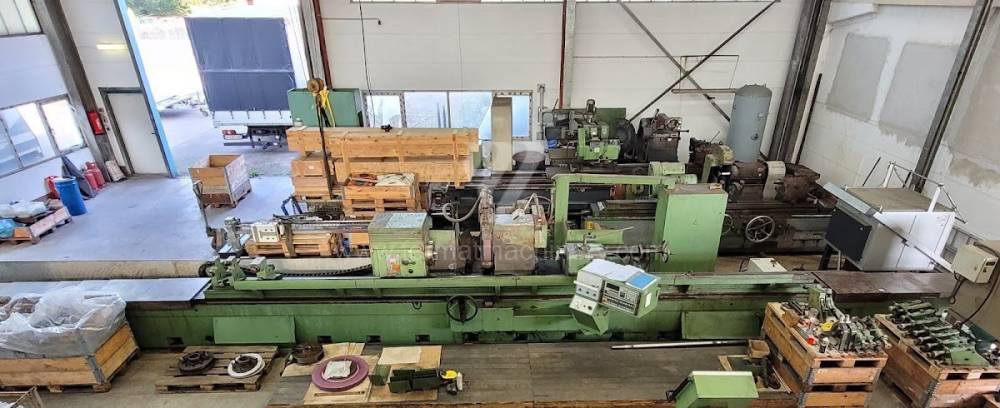
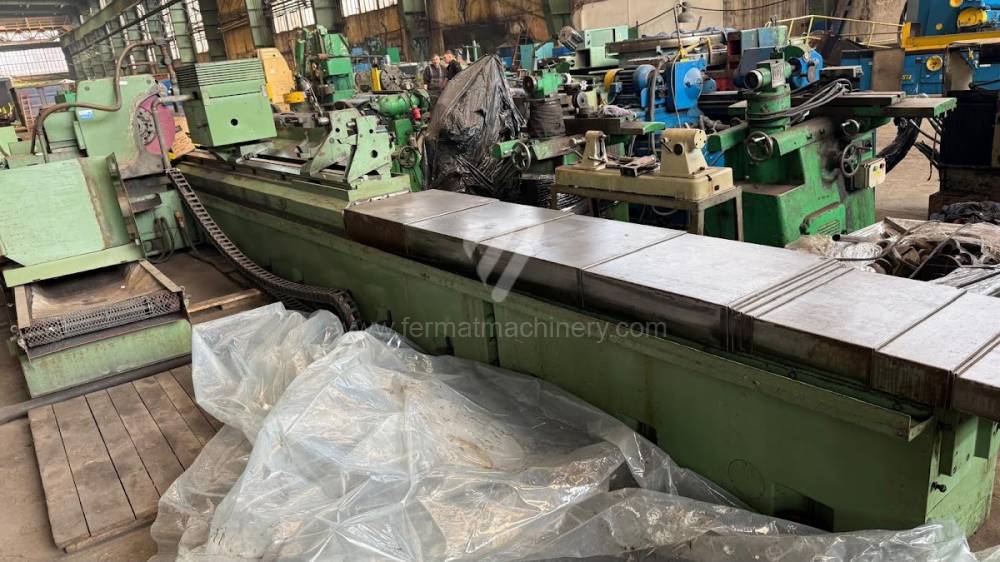
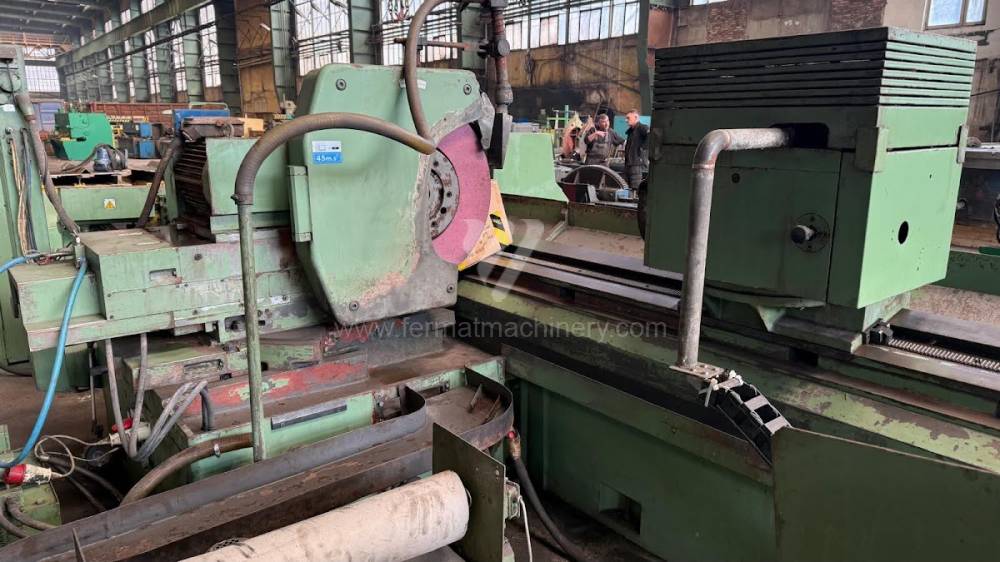
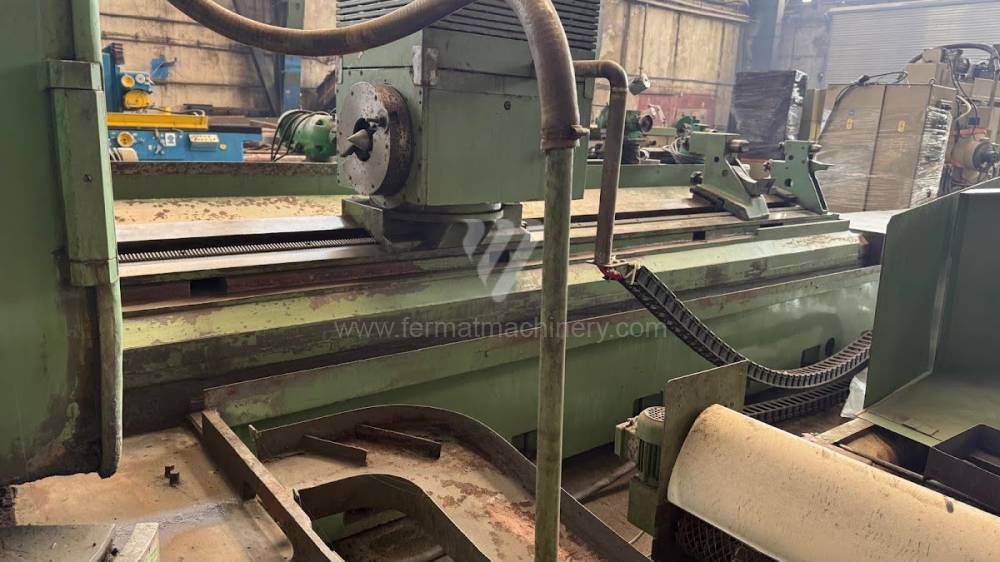
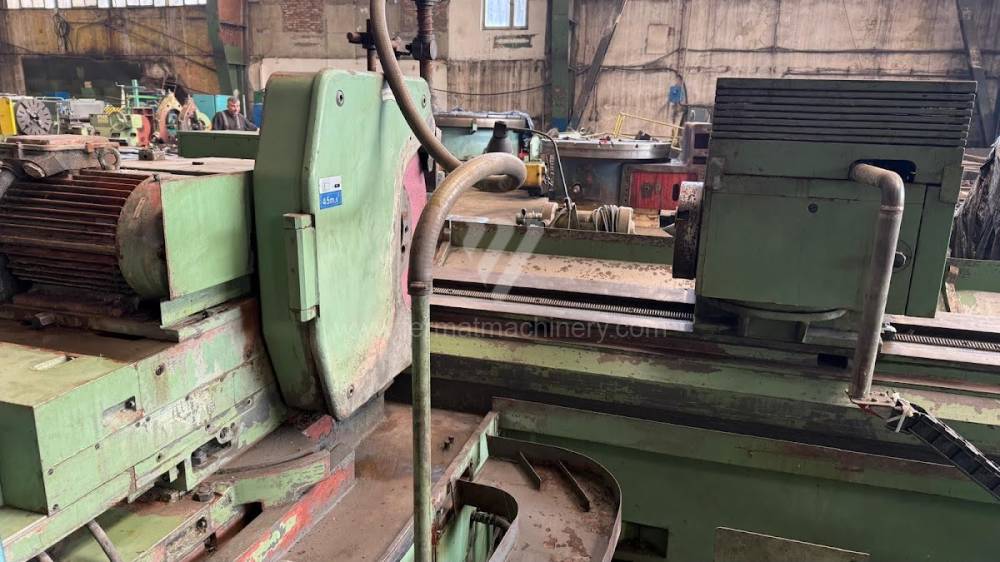
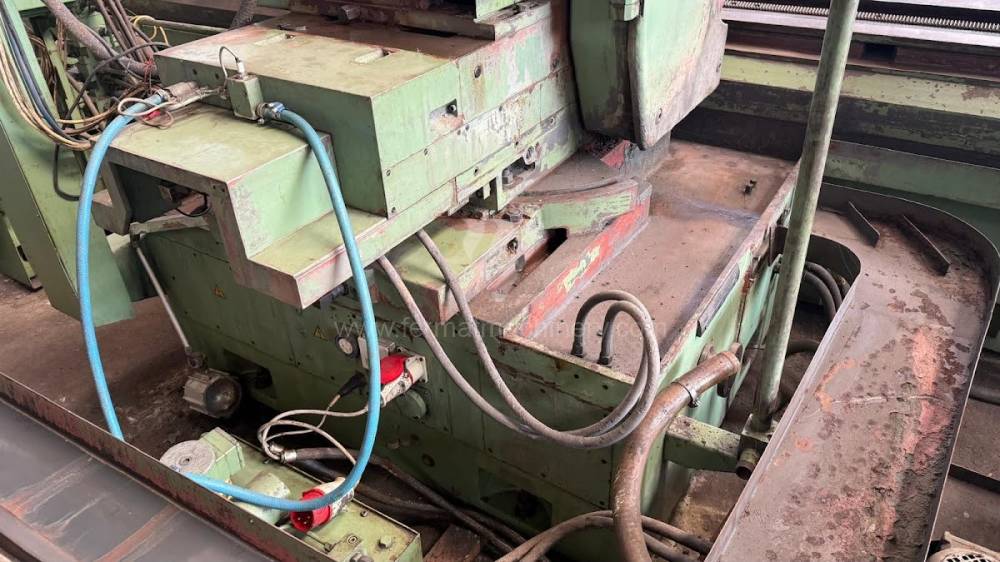
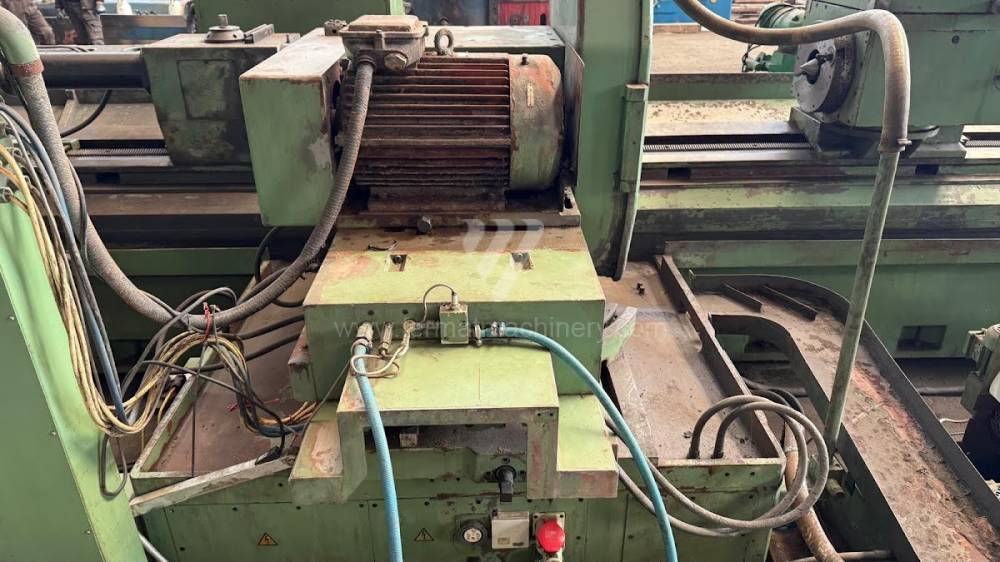
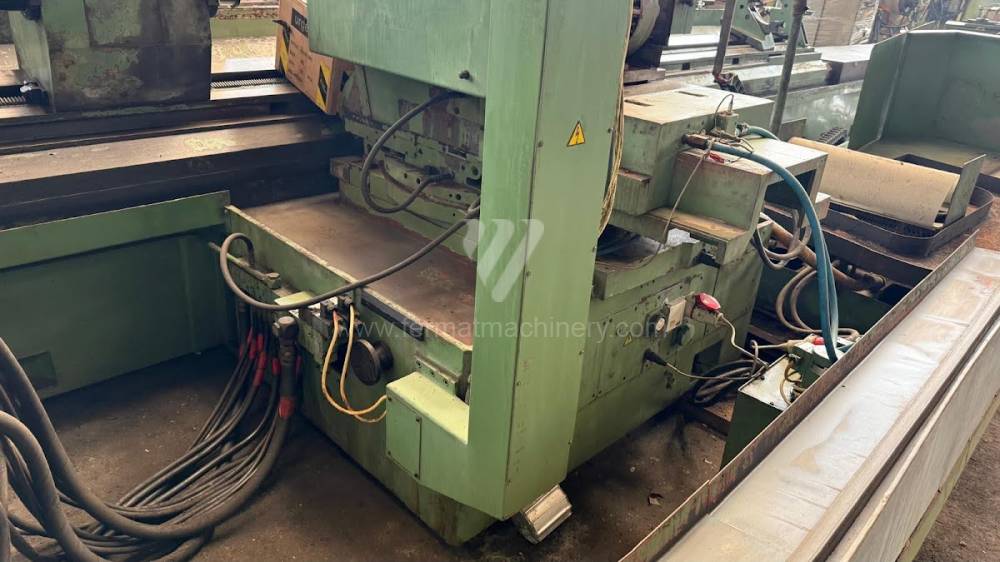
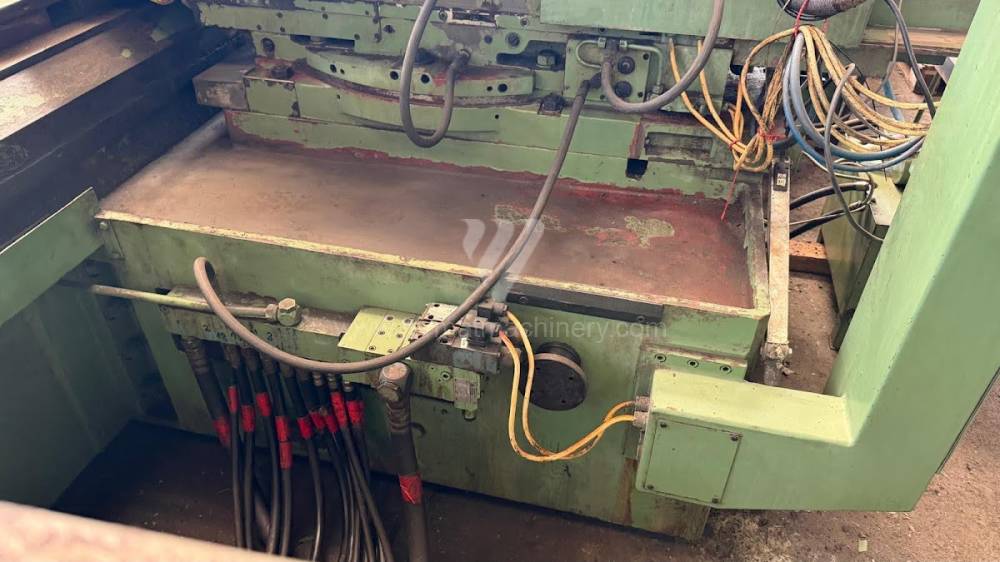
Año de fabricación:1991
Sistema de control Marposs:
Diámetro máx. de rectificado: 630 mm
Longitud máx. de rectificación: 6000 mm
Máx. peso pieza mecanizada: 3000 kg
Equipo para rectificado interno: No
Cono sujetador del husillo: MORSE 6 .
Grinding is a technology of precision chip machining. Nowadays, it is possible to reach precision in order of tenths of micrometers and surface roughness of up to 0,2 micrometer. Grinders are thus indispensable in the machinery industry and form an important part of the production process. In general, grinding is a technology that works on the principle of the material removal from the surface layer of the workpiece with fine grains of abrasive material, which are most often bonded to the grinding wheel.
Among the cylindrical grinders we differentiate grinders with centers and without centers. These machines are used for grinding internal and external rotating surfaces.
In case of center grinders the workpiece is usually clamped between centers and rotation is realized using a driver, which is fixed to the surface of the workpiece and tied to headstock. In most cases the workpiece rotates against the direction of rotation of the grinding wheel. Most common models from producer TOS we can mention:
Grinding is realized using the rotation of the grinding wheel, which grinds the surface of the workpiece as it rotates. Most popular producers of such grinders are: FERMAT, TOS, STUDER, DANOBAT, KELLENBERGER, ERWIN JUNKER, SCHAUDT.
Centerless grinders are also intended for grinding rotary surfaces. The clamping of the workpiece on the machine is different. It is supported with support ruler and the workpiece is placed between two discs – abrasive and drifting. The grinding wheel usually spins faster and does the grinding itself. The drive disc is most often made of flexible material (for example rubber) and ensures sufficient pressure.
A special category of grinders are grinders used for grinding of internal rotating surfaces. They works similarly to center grinders. However, the workpiece is just clamped on one side in the chuck or collet so that the hole can be ground from the other side.